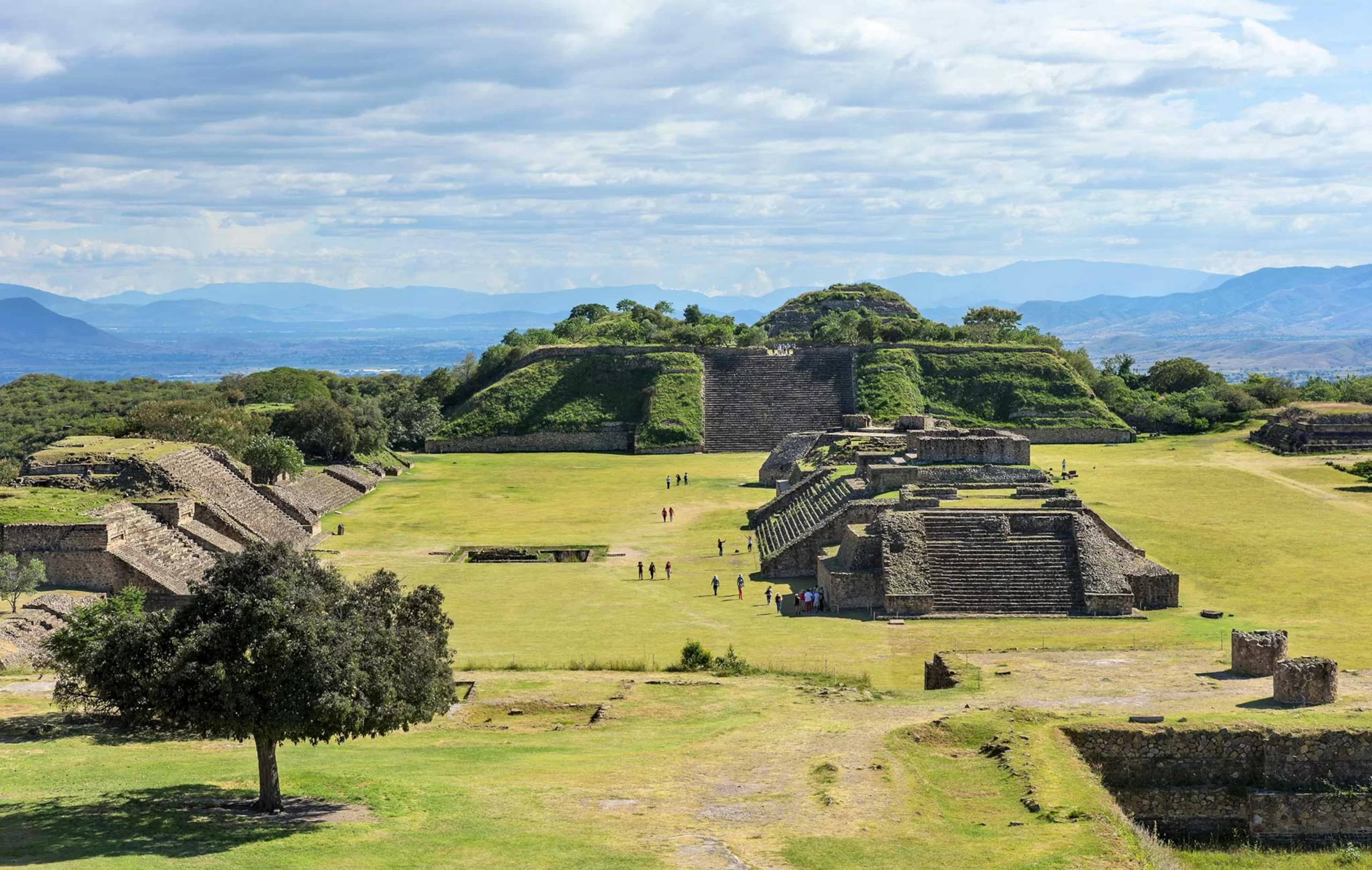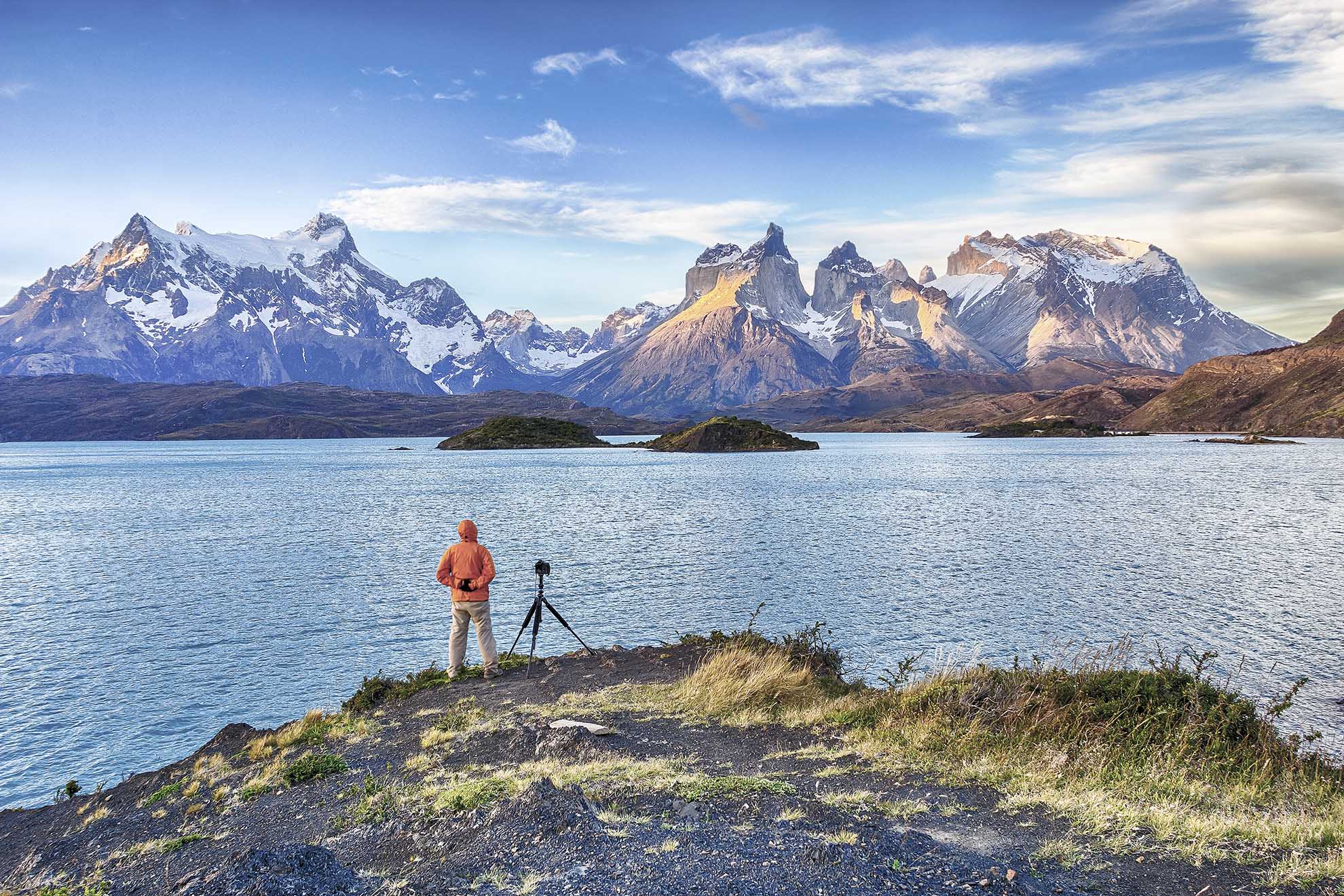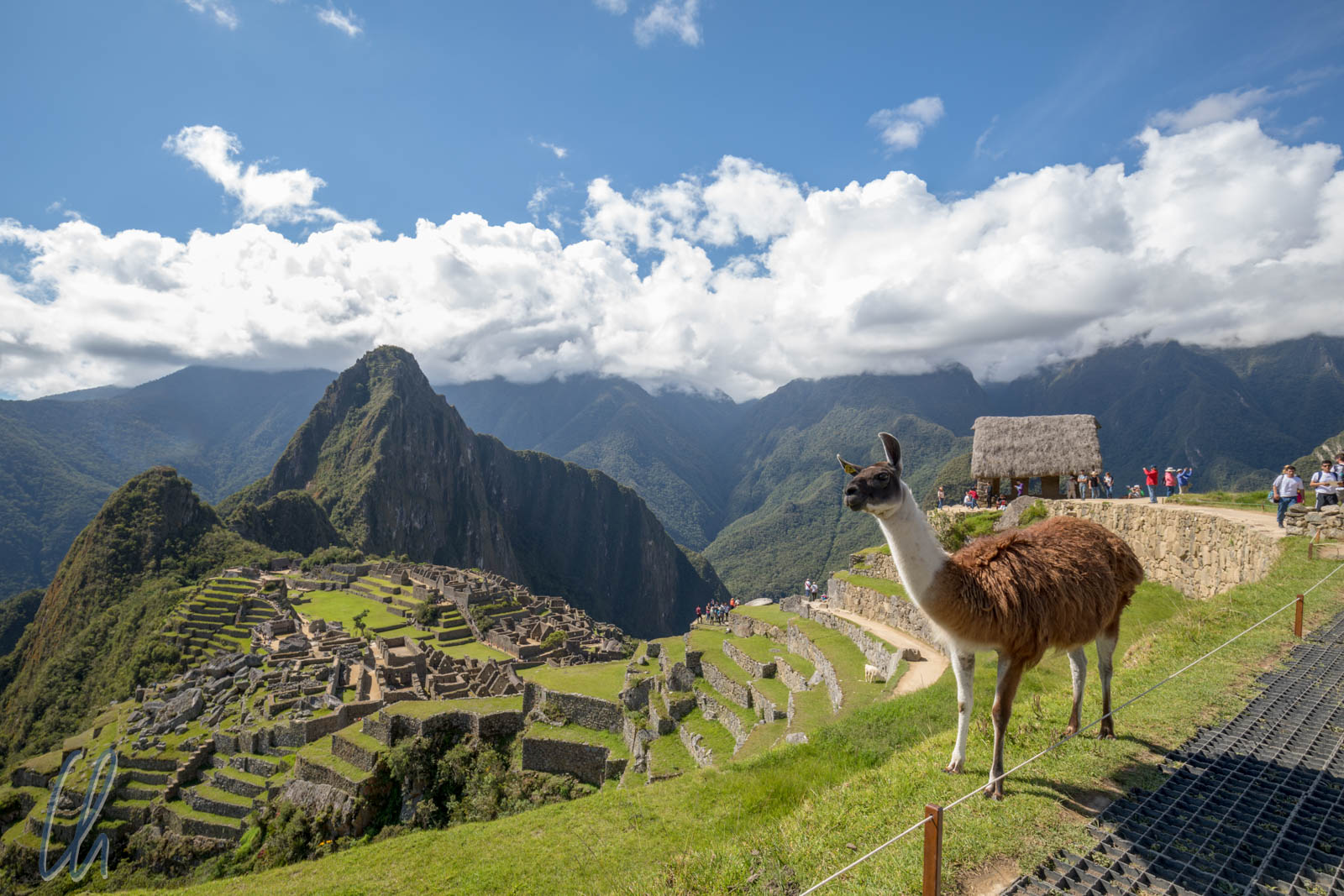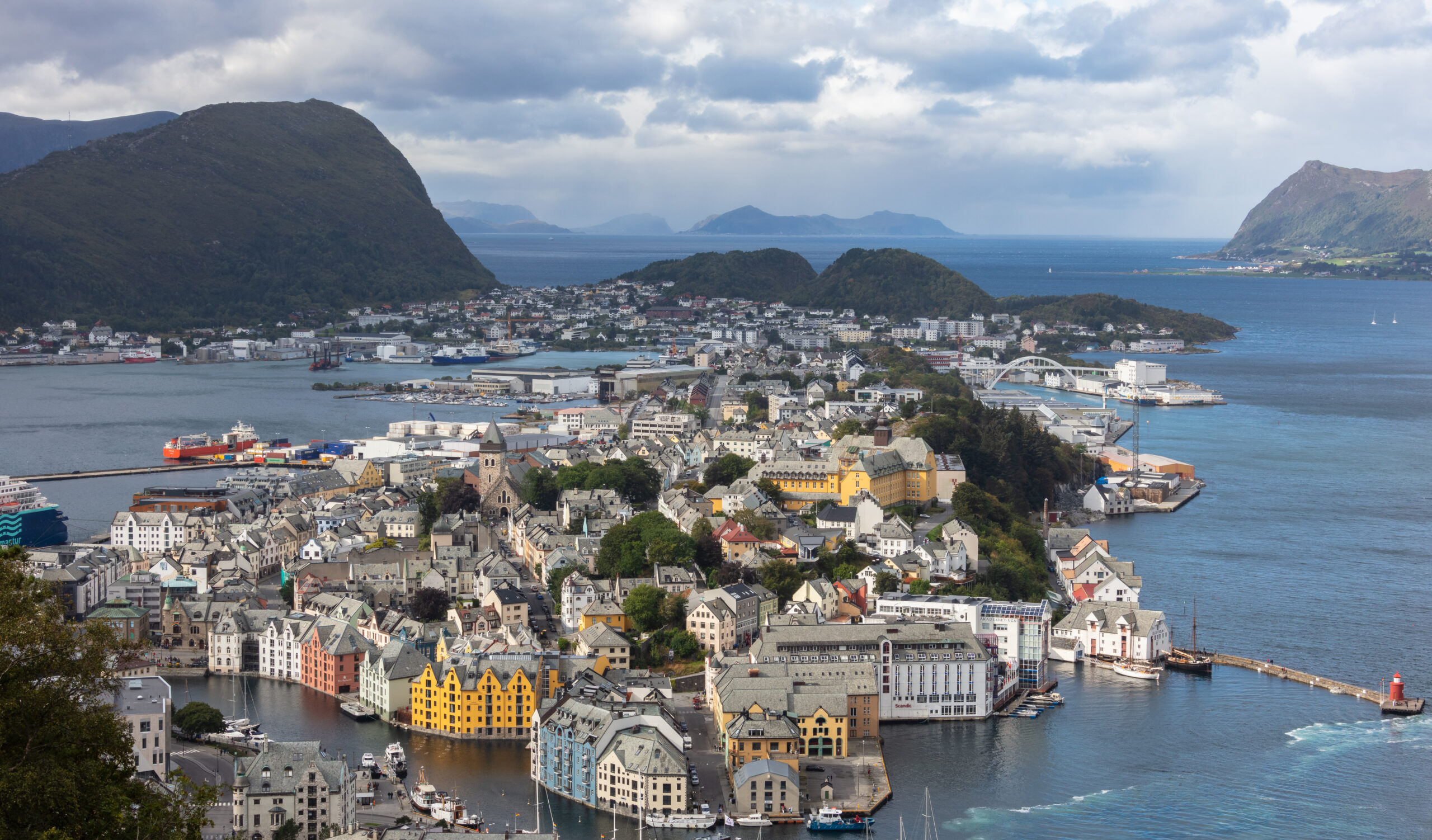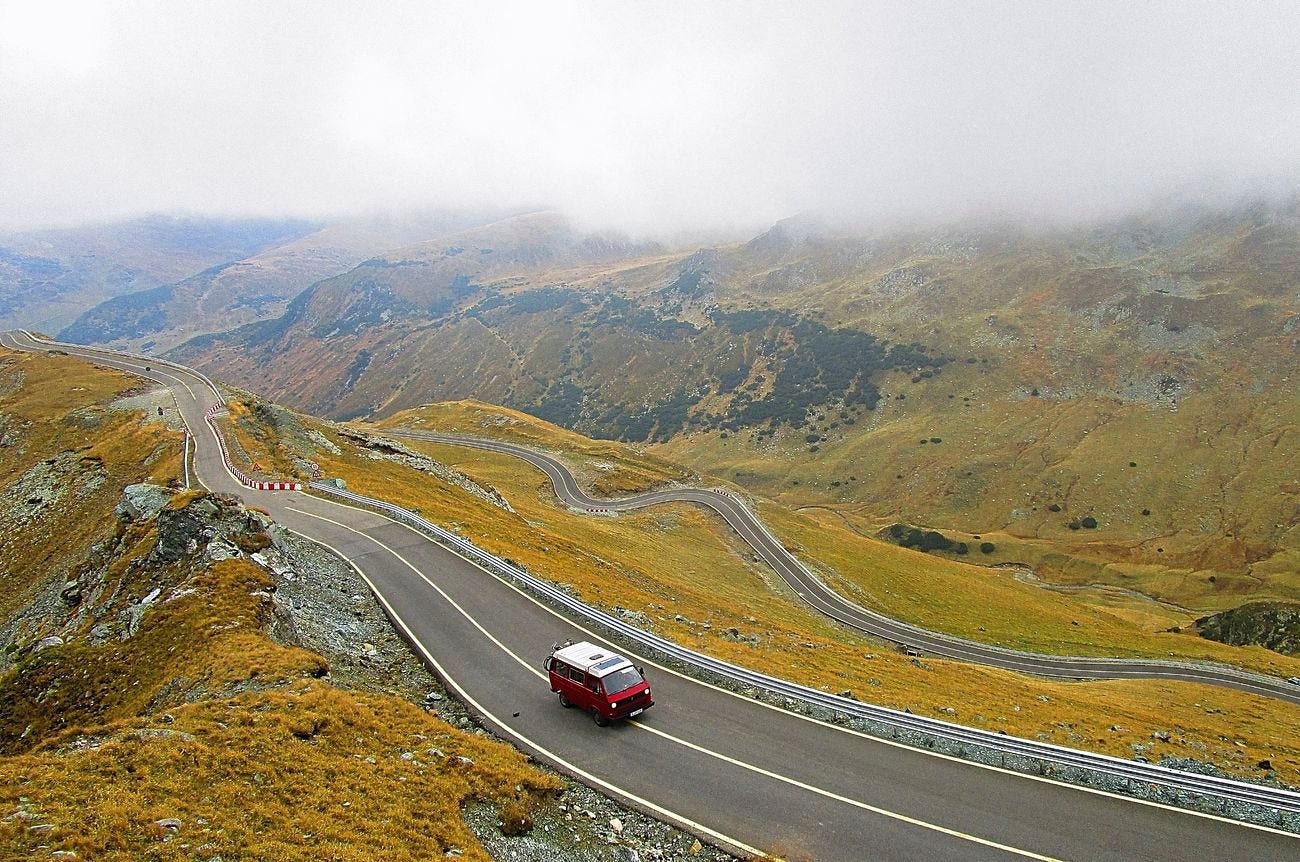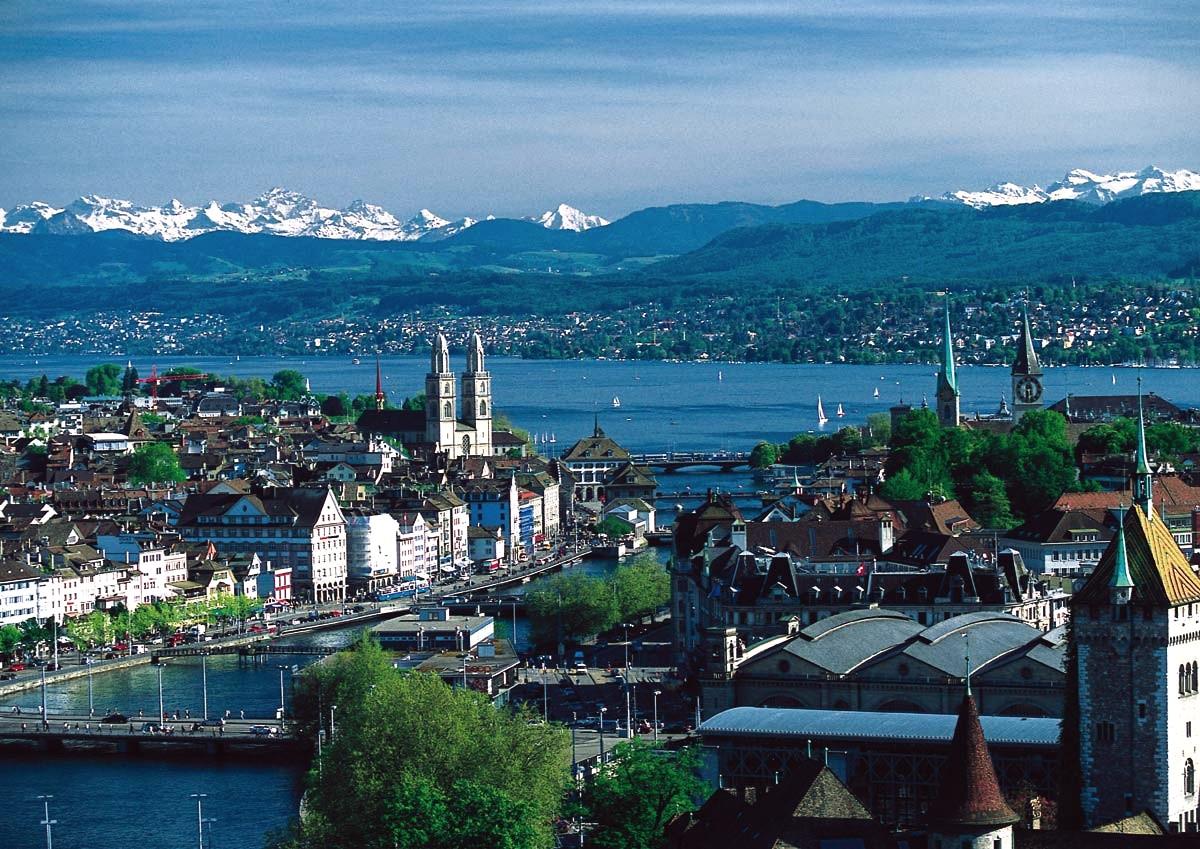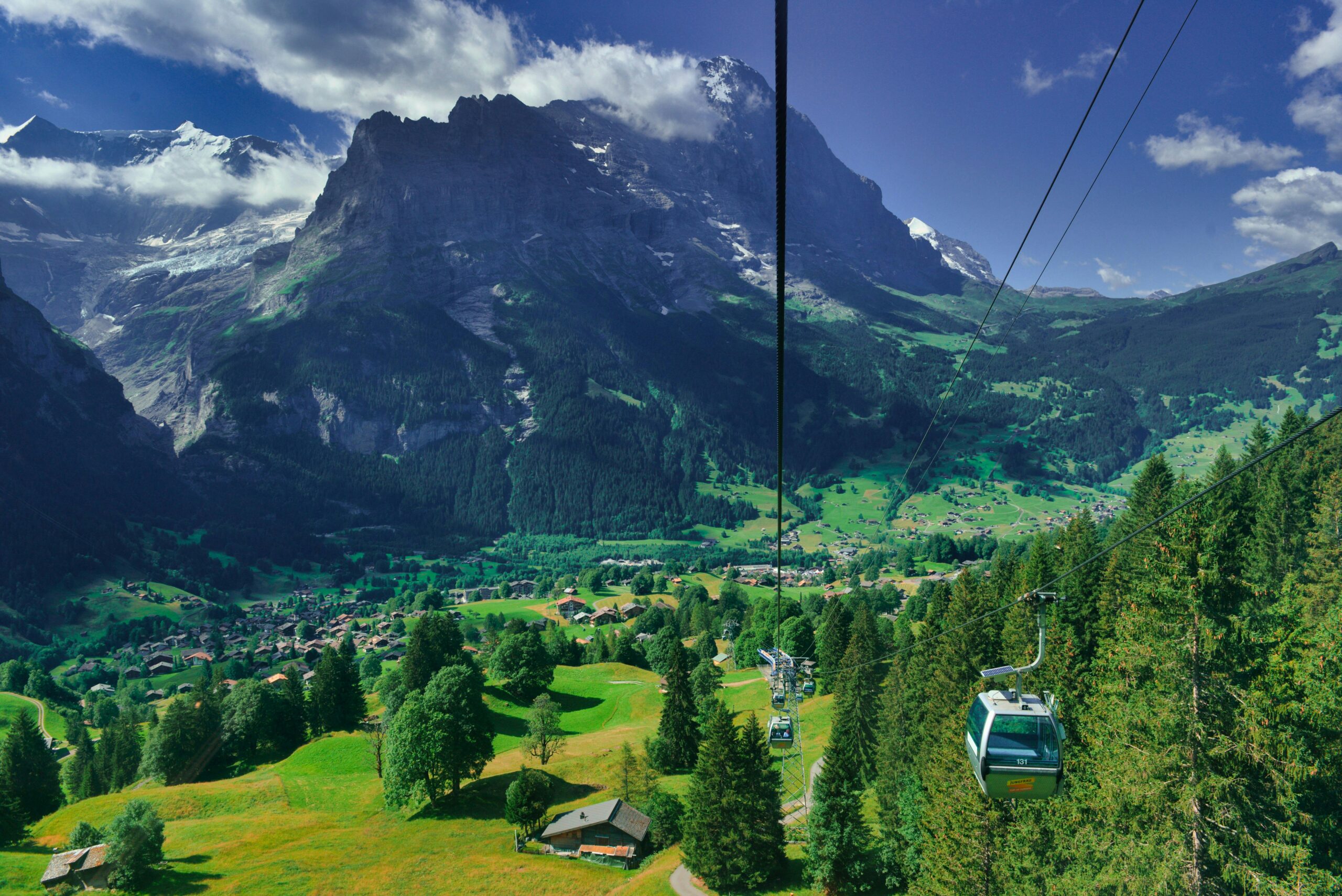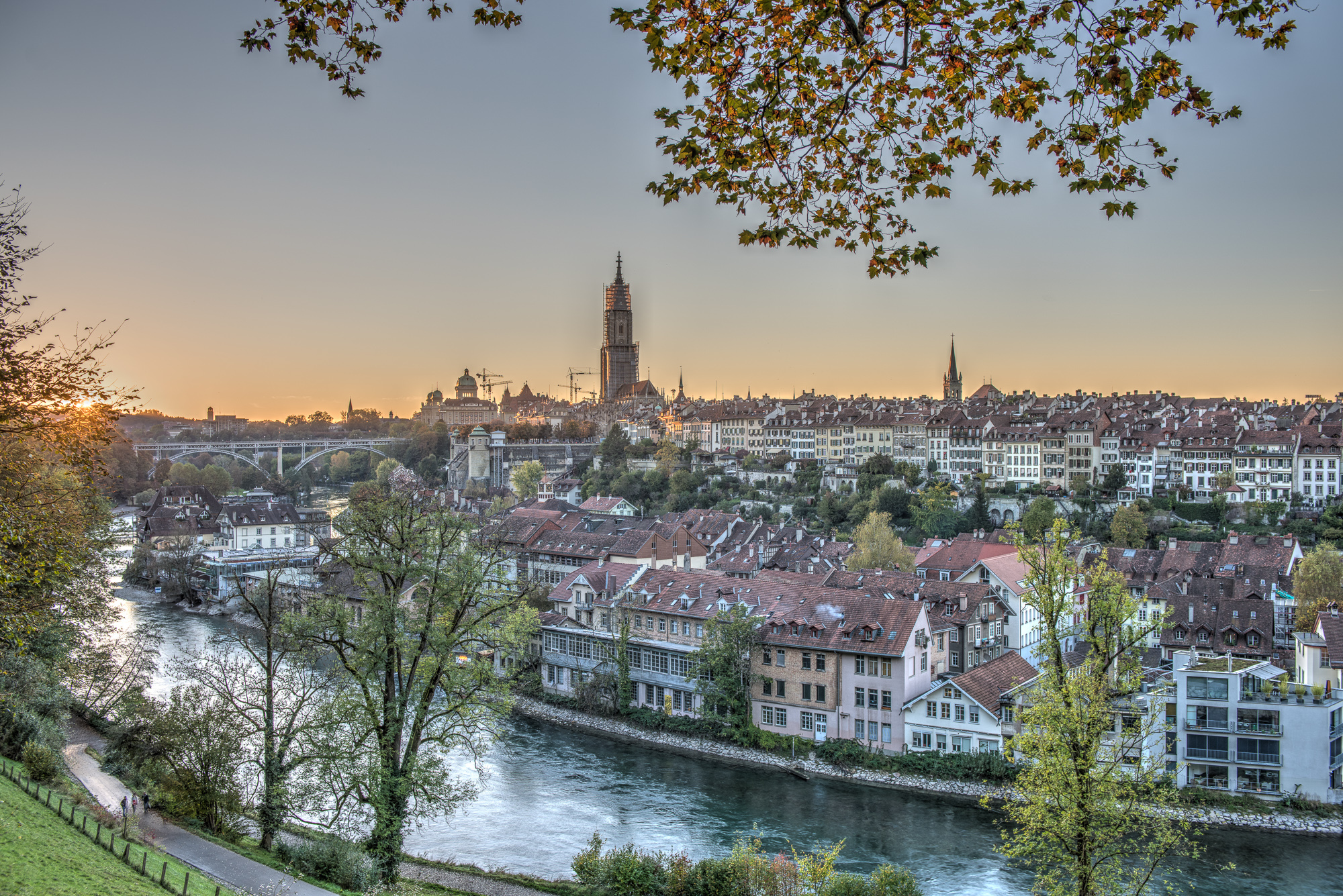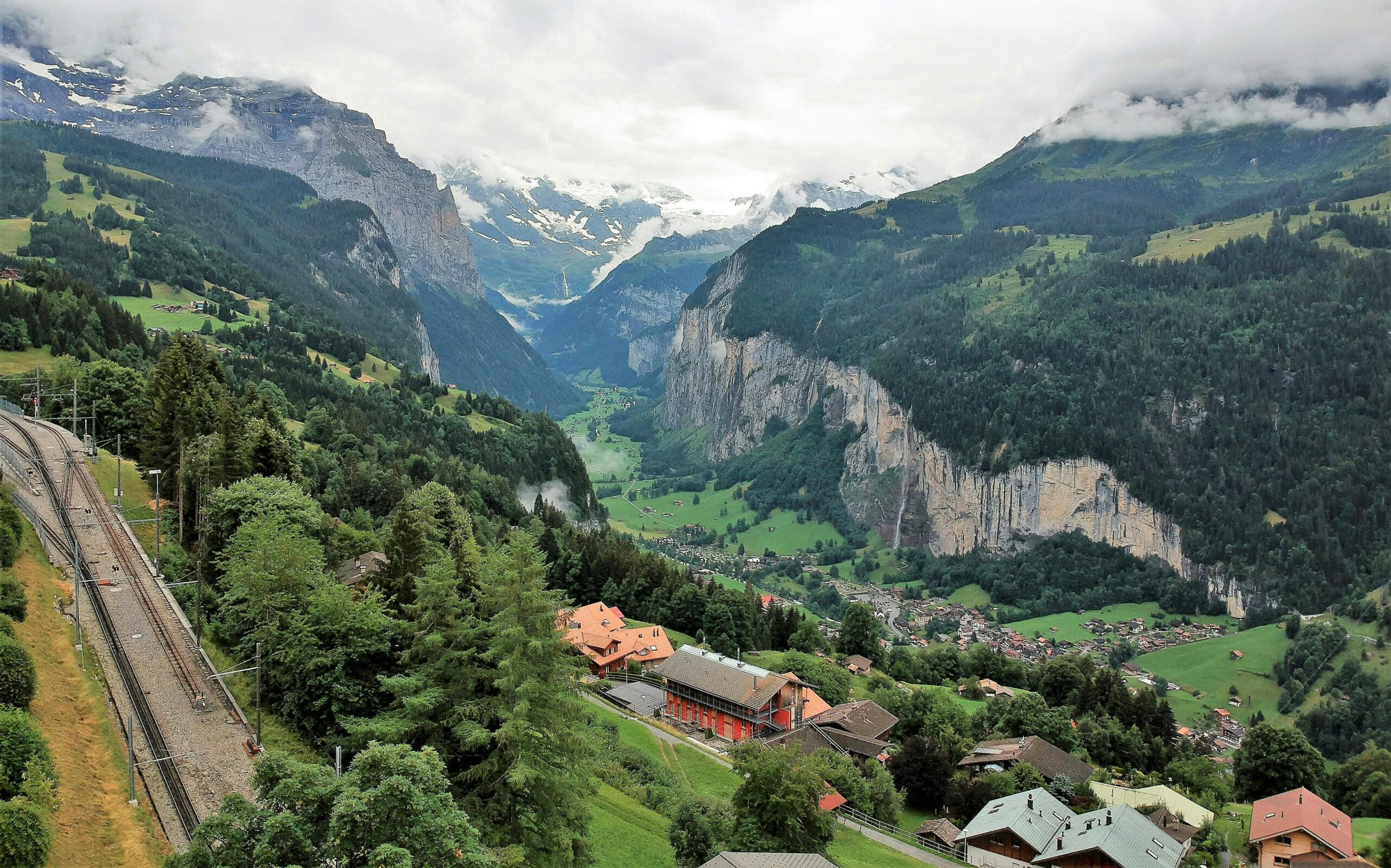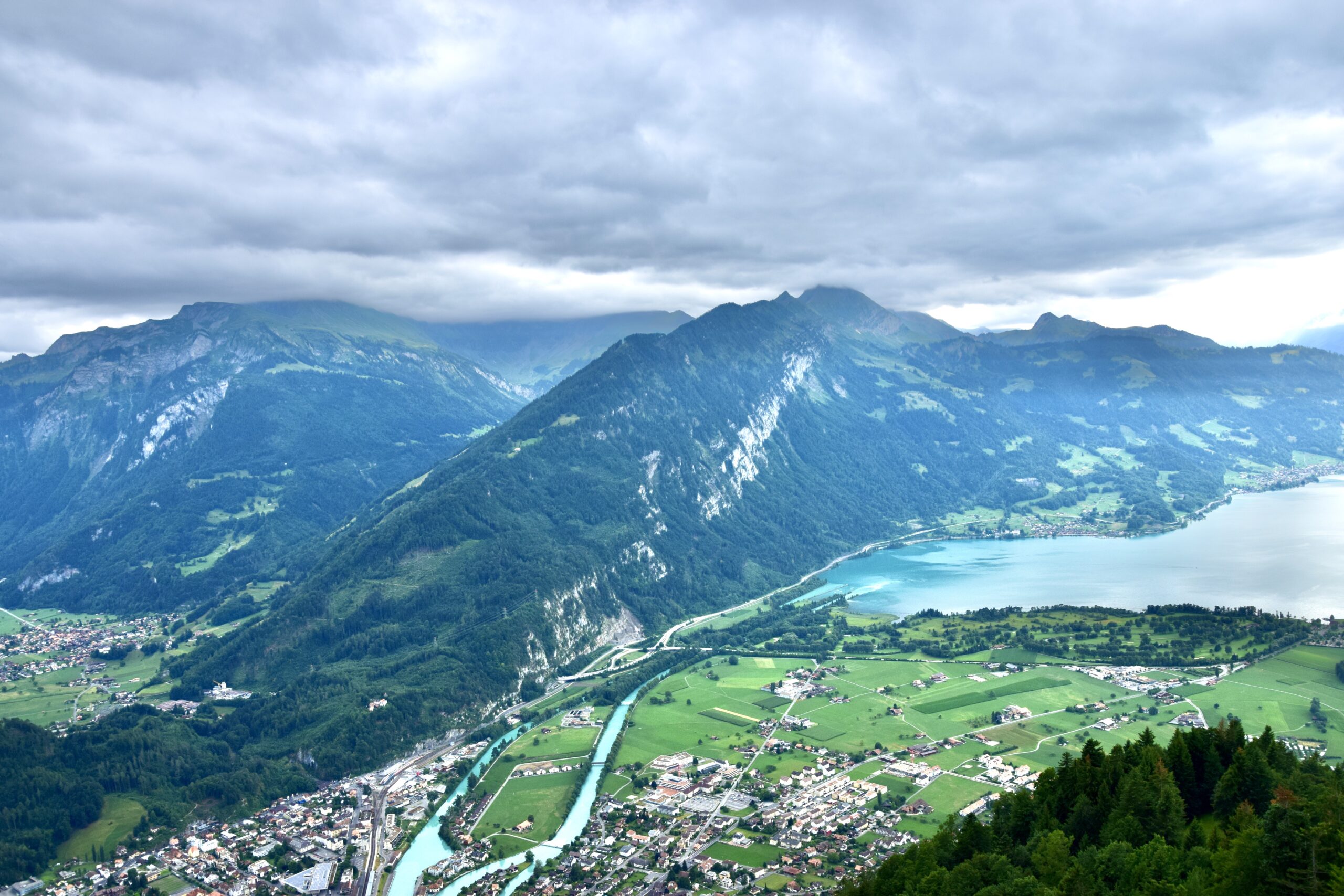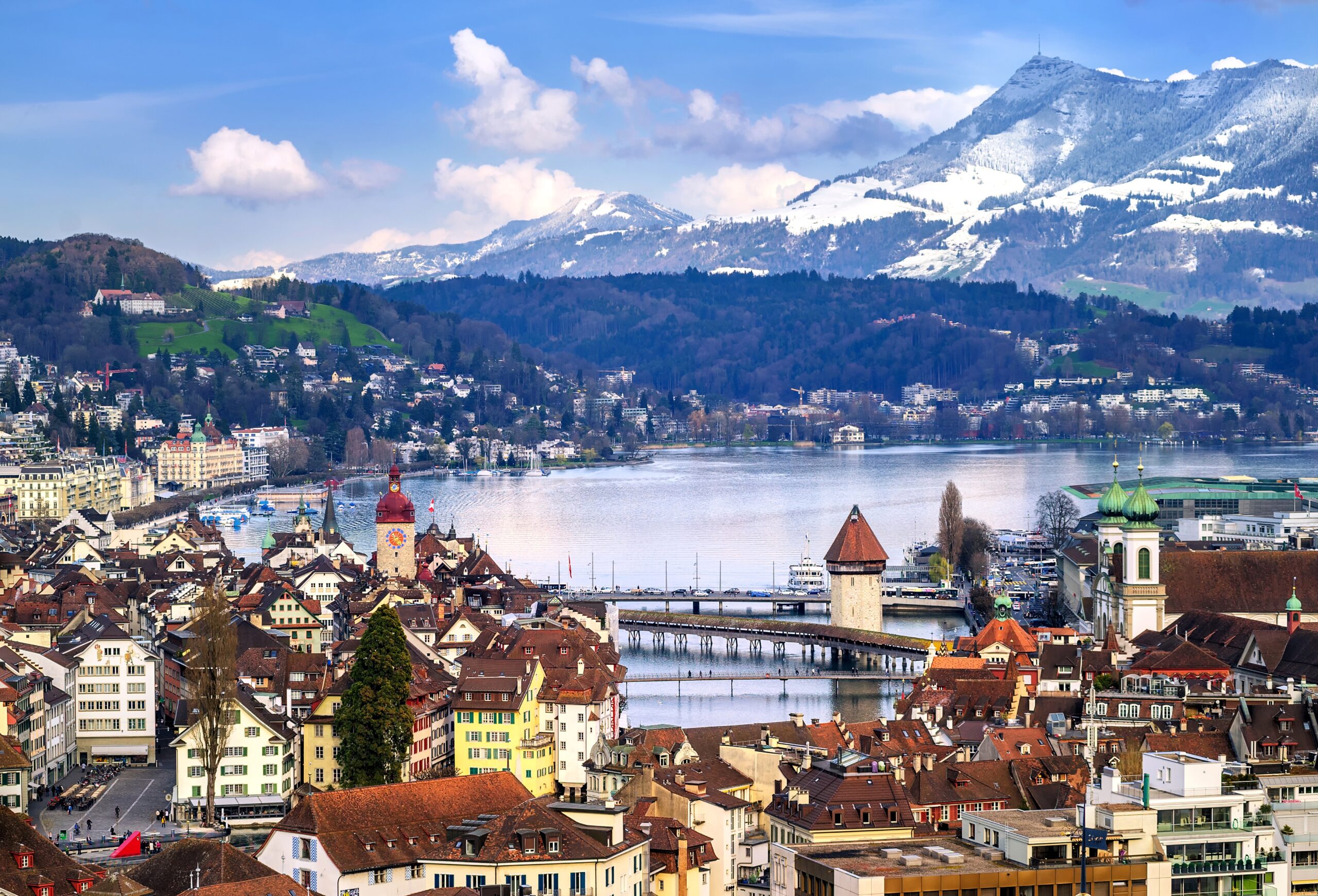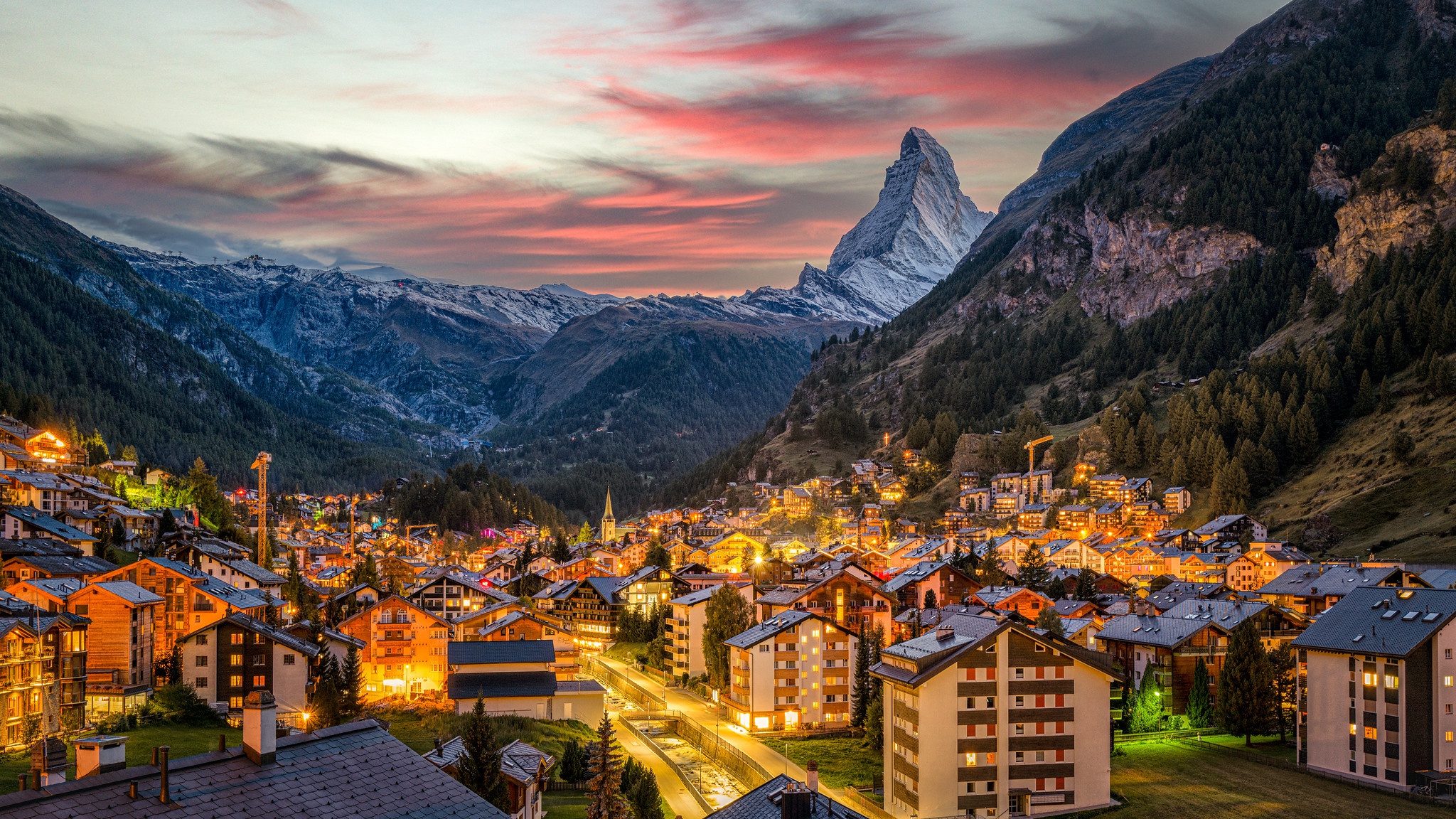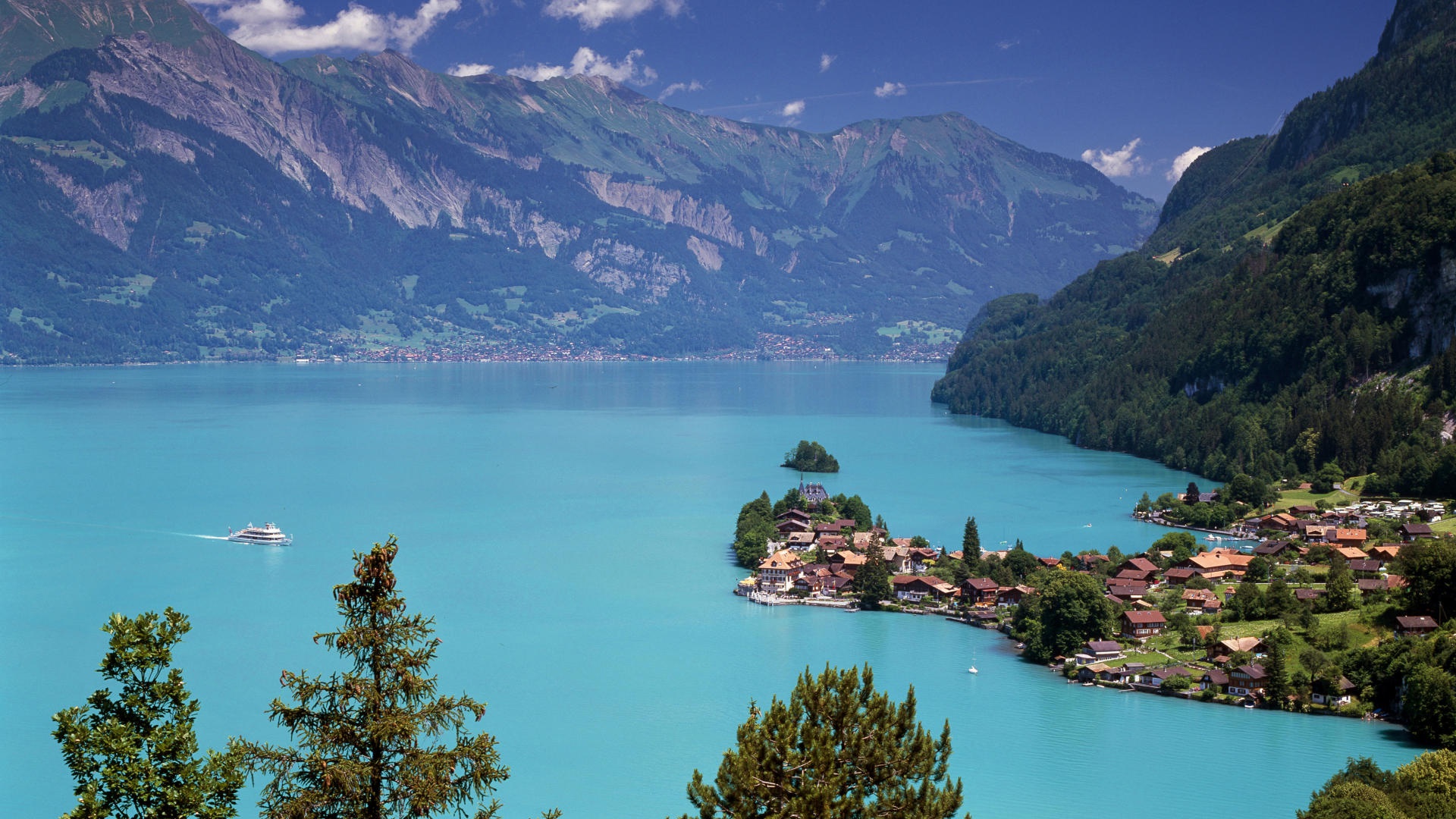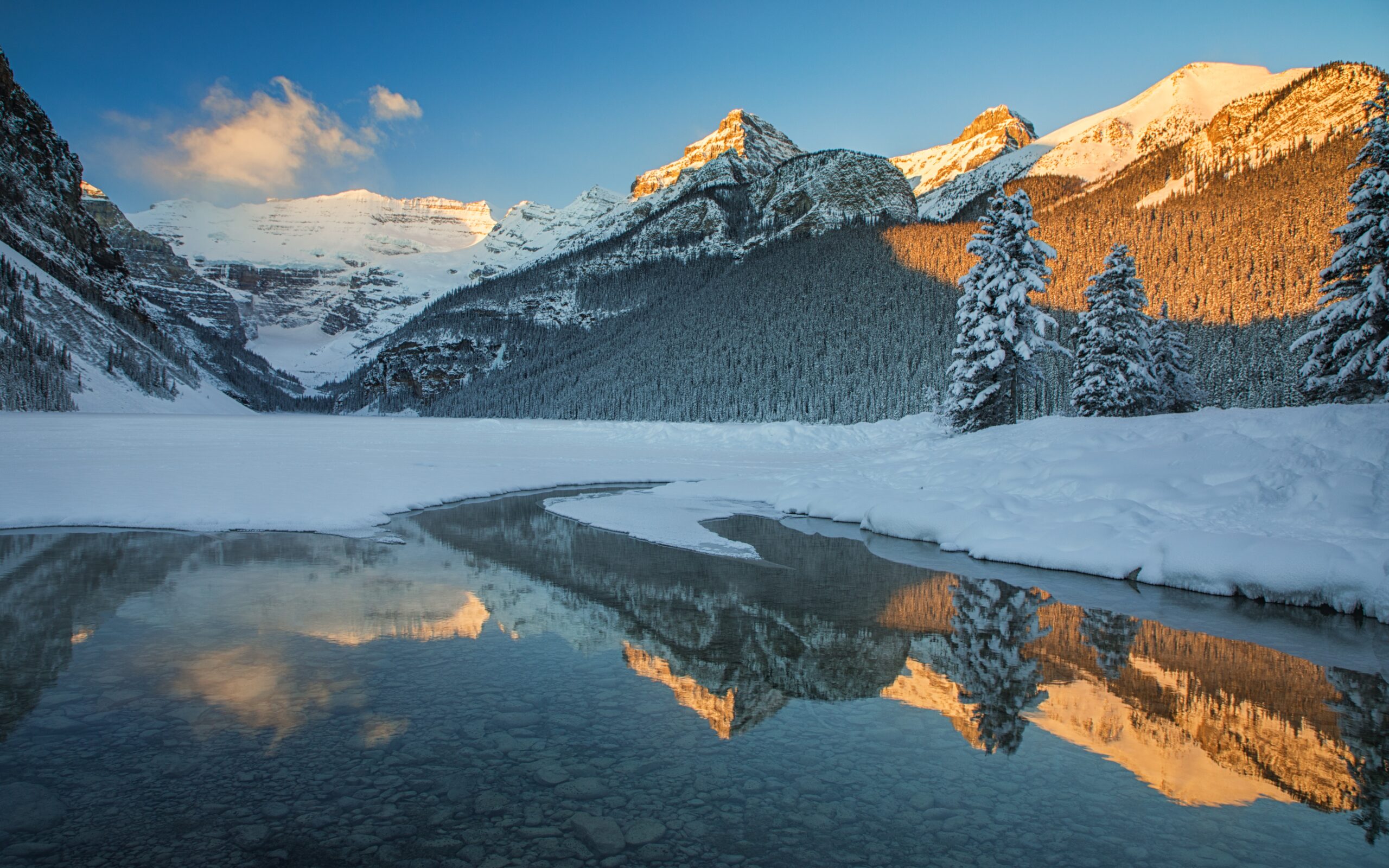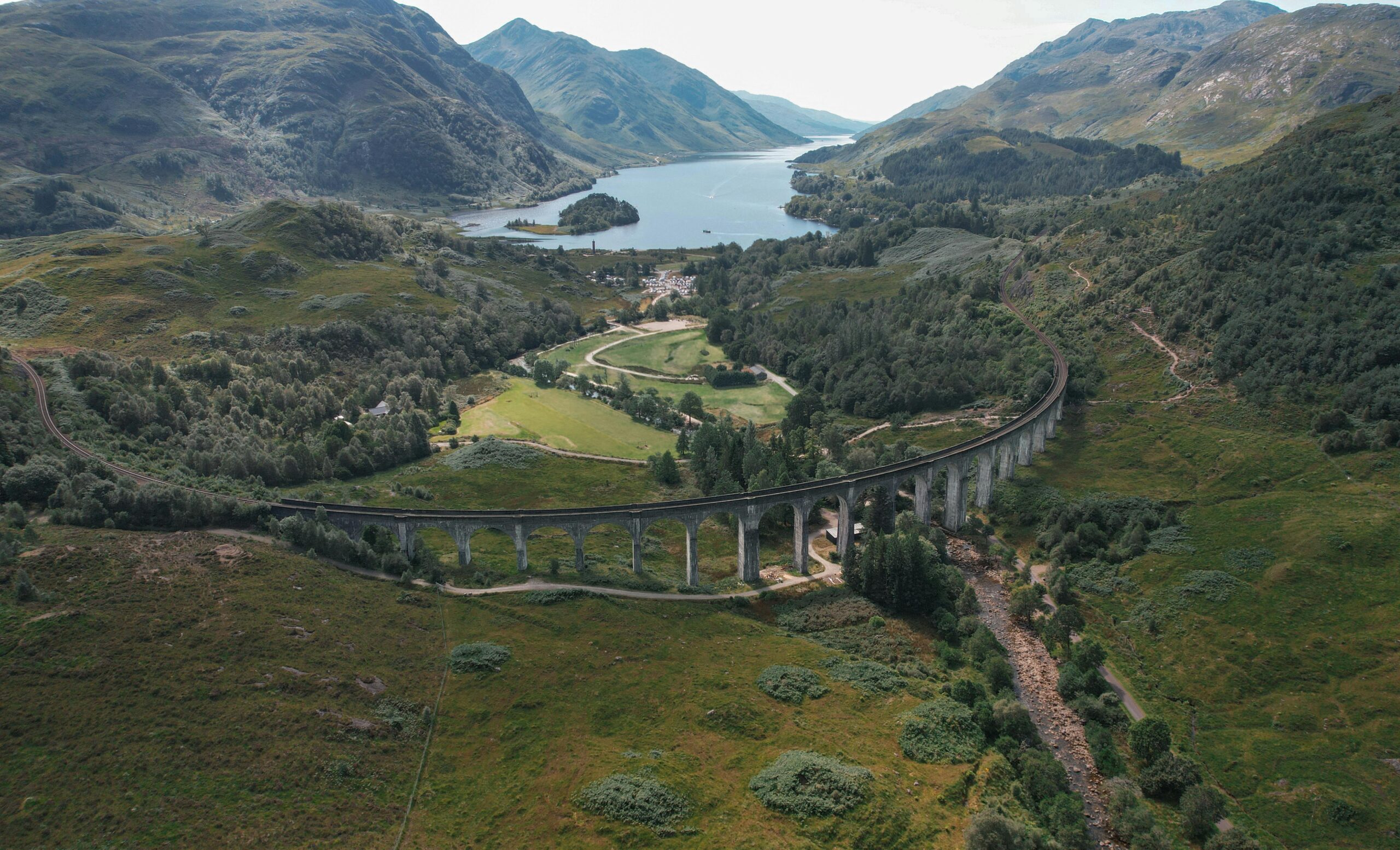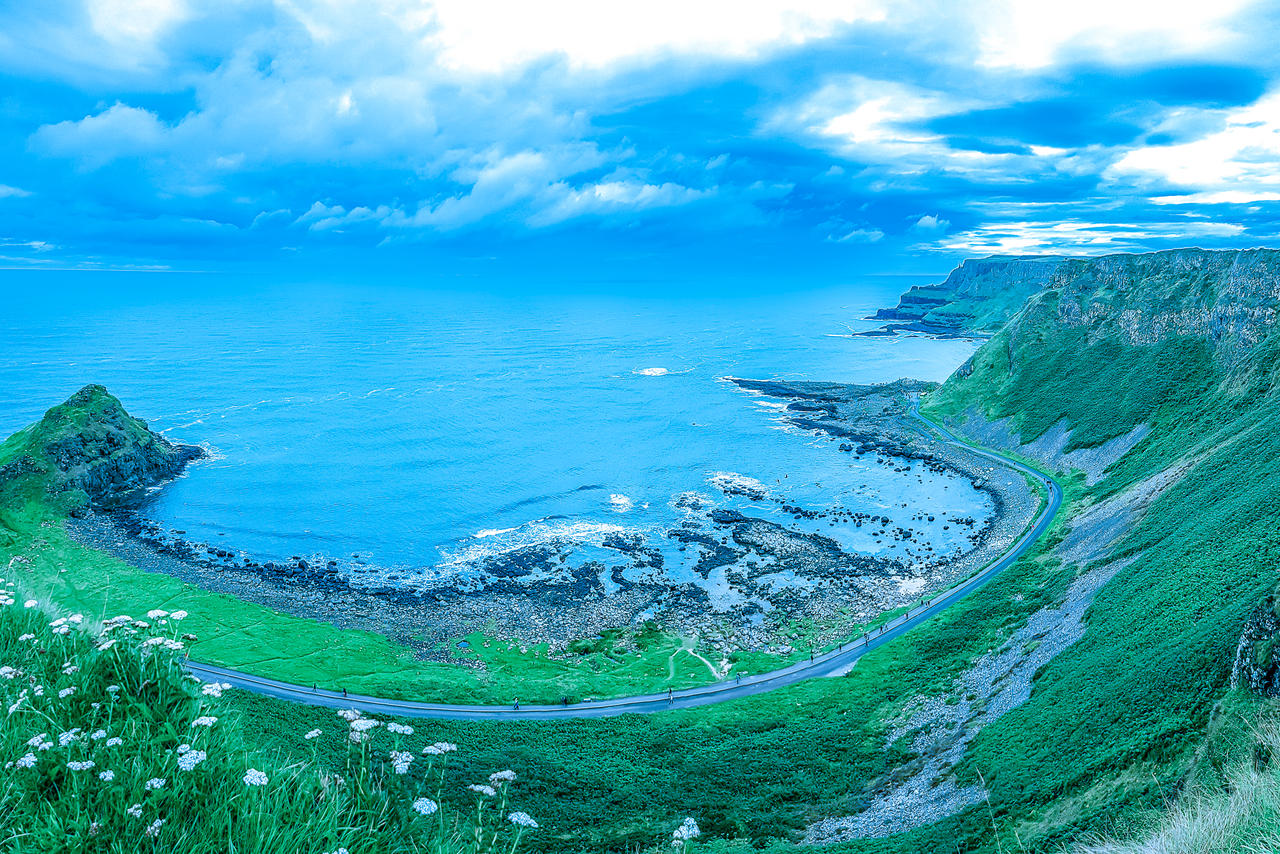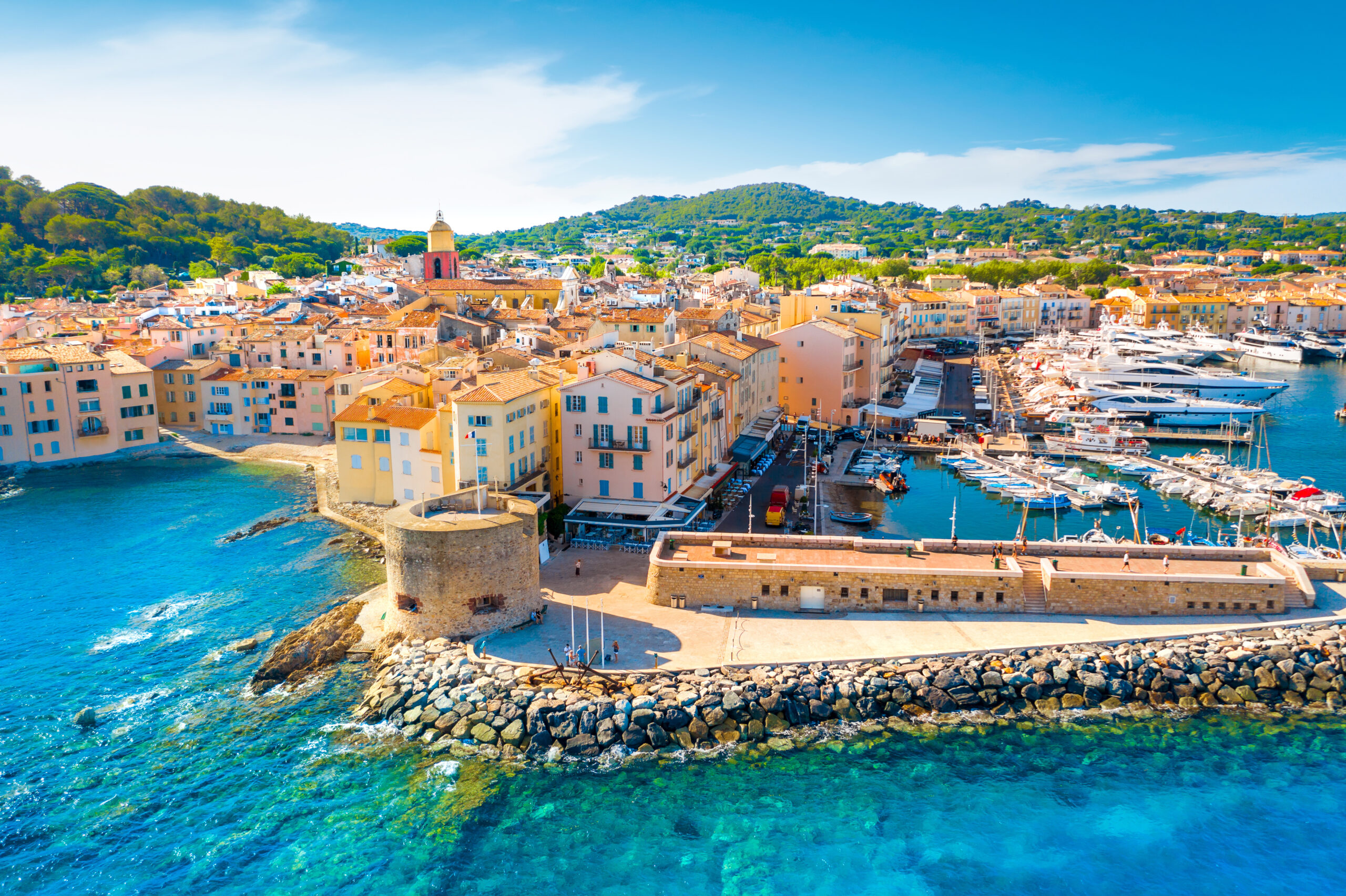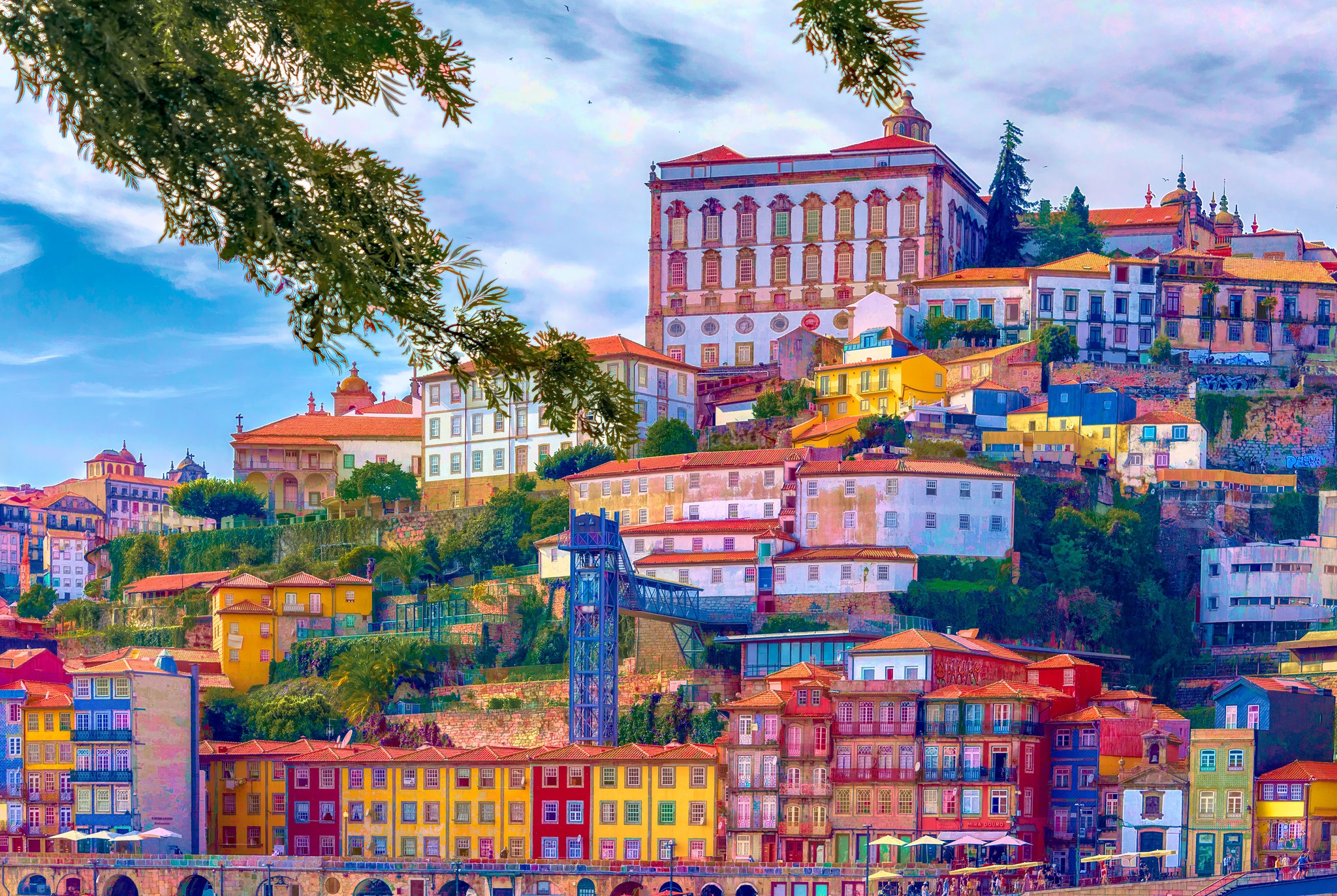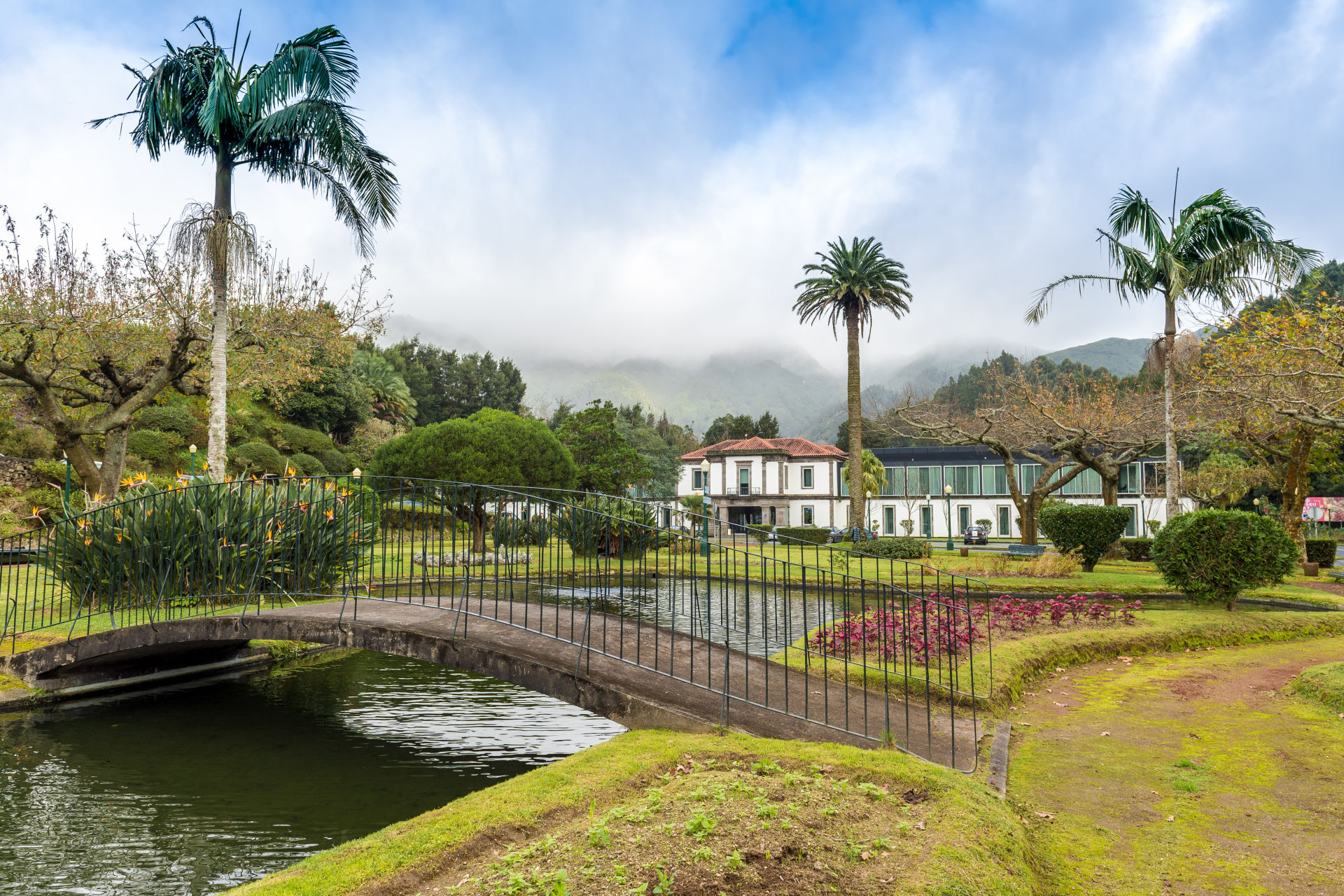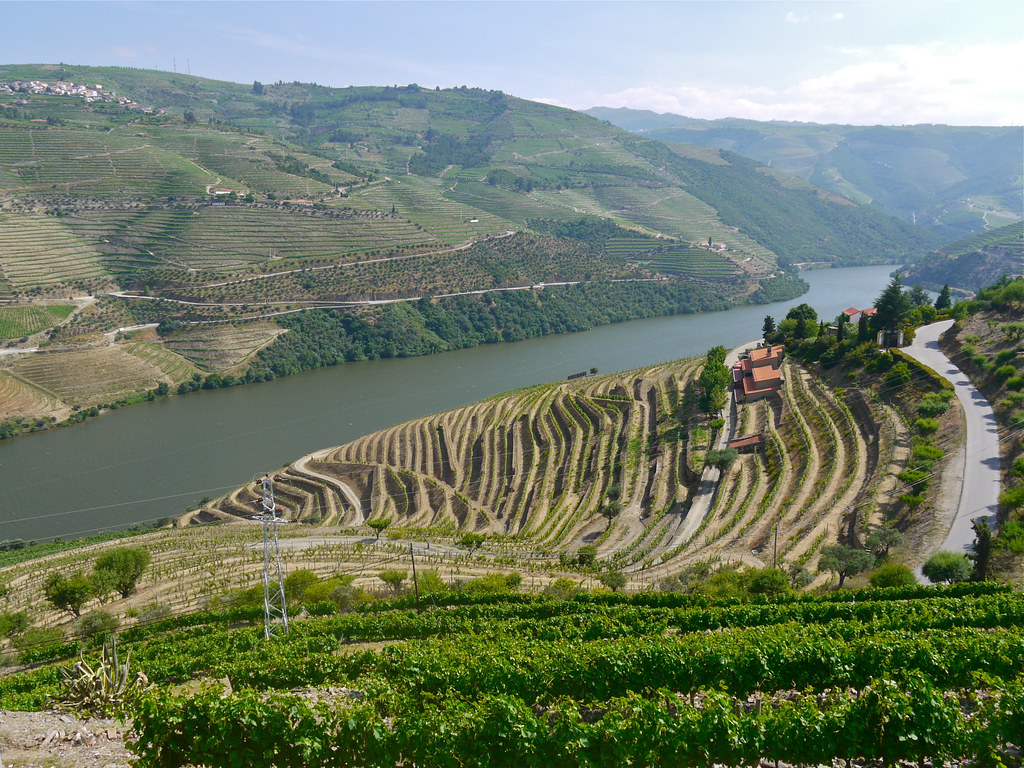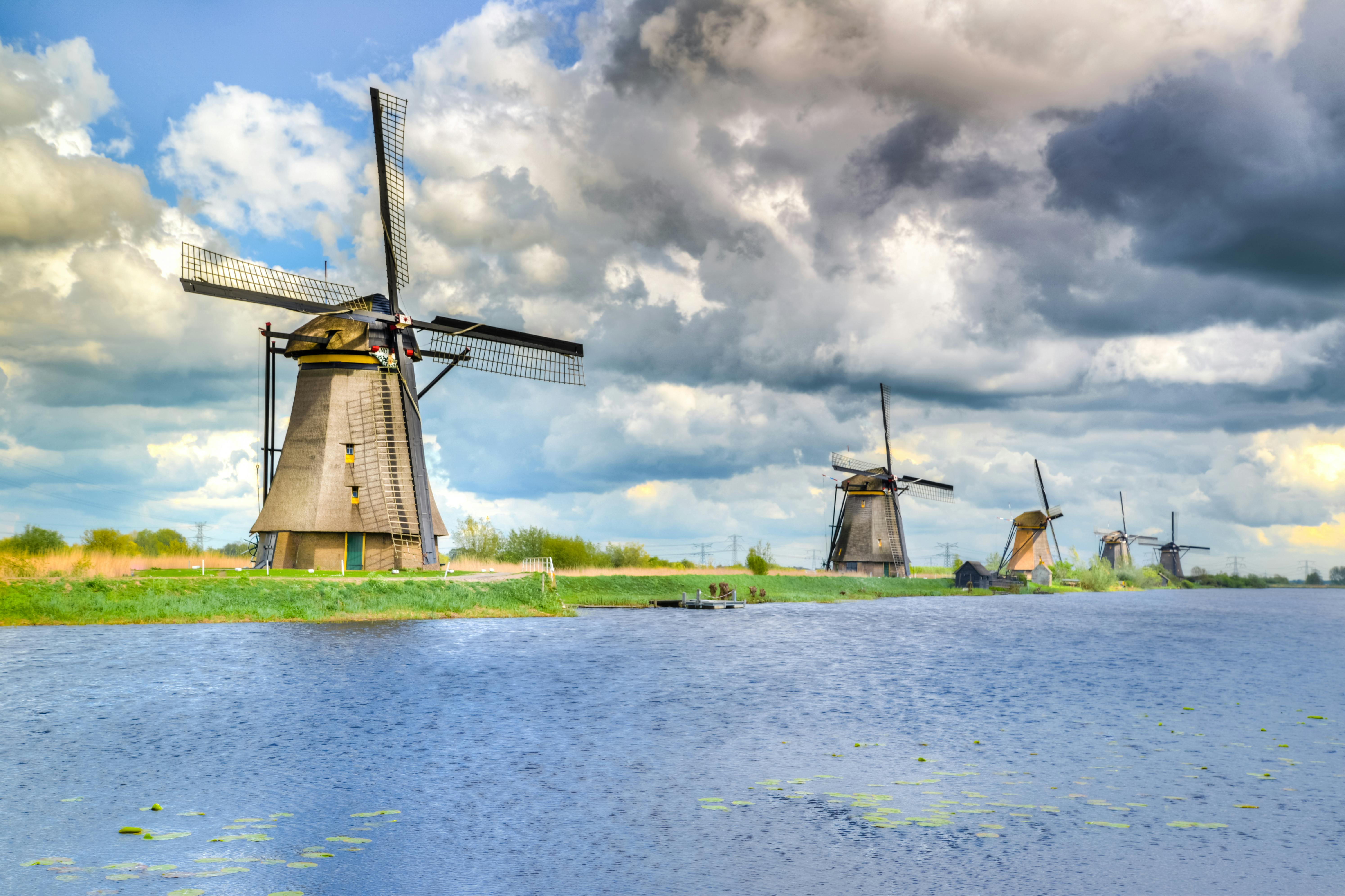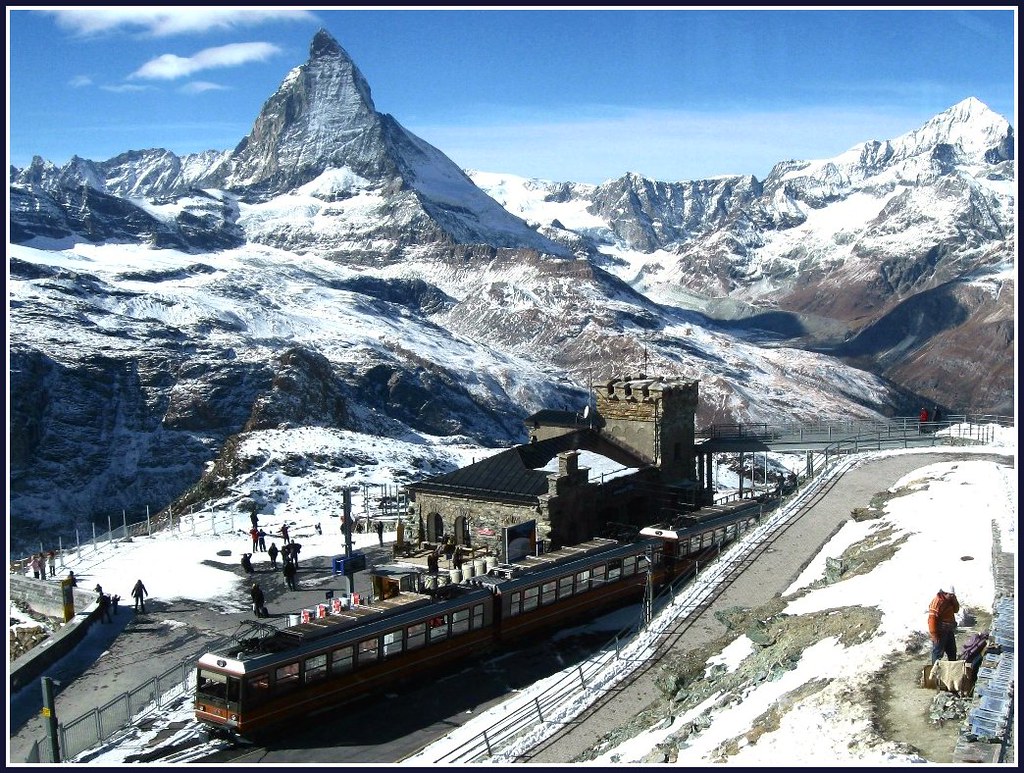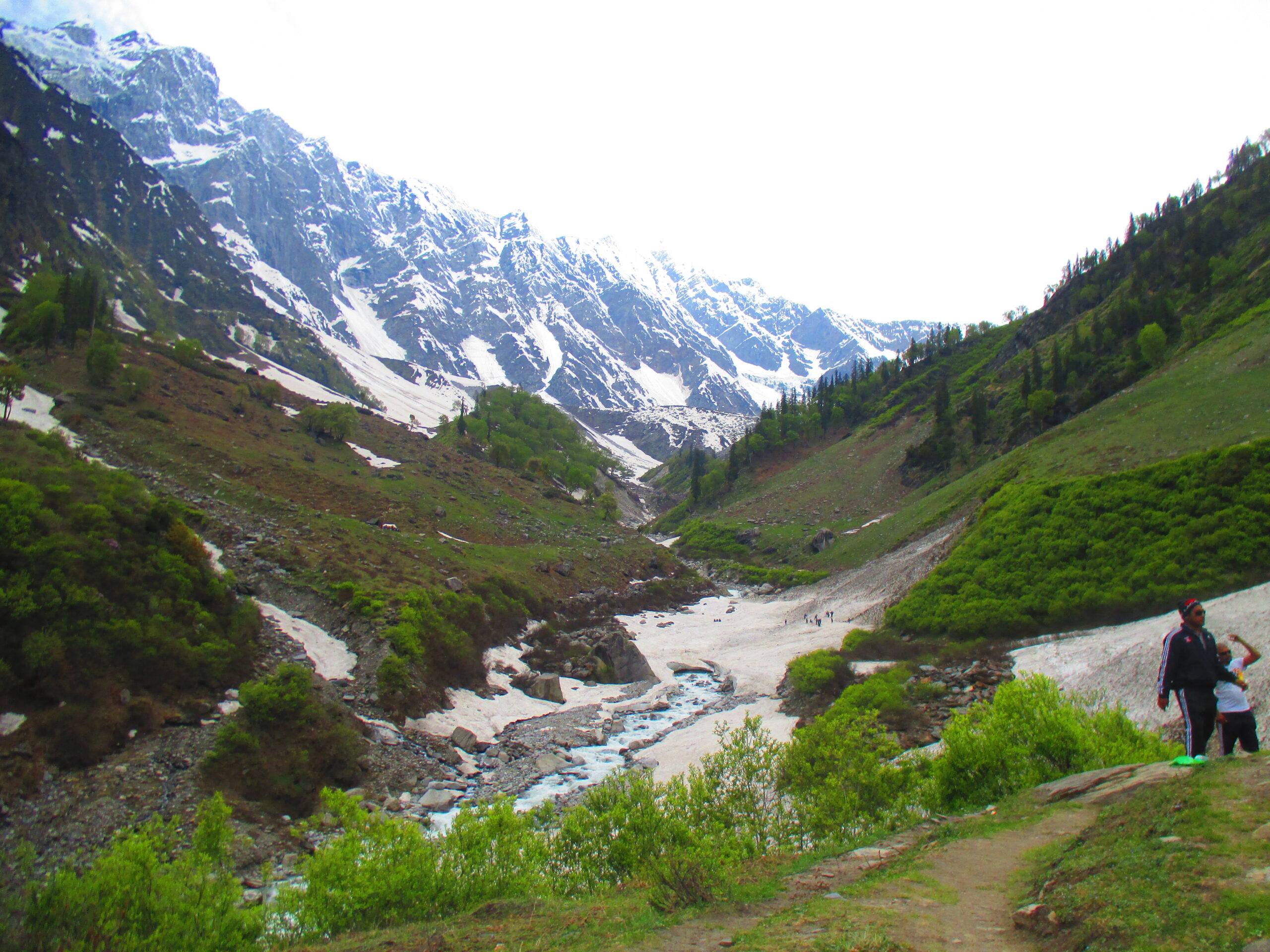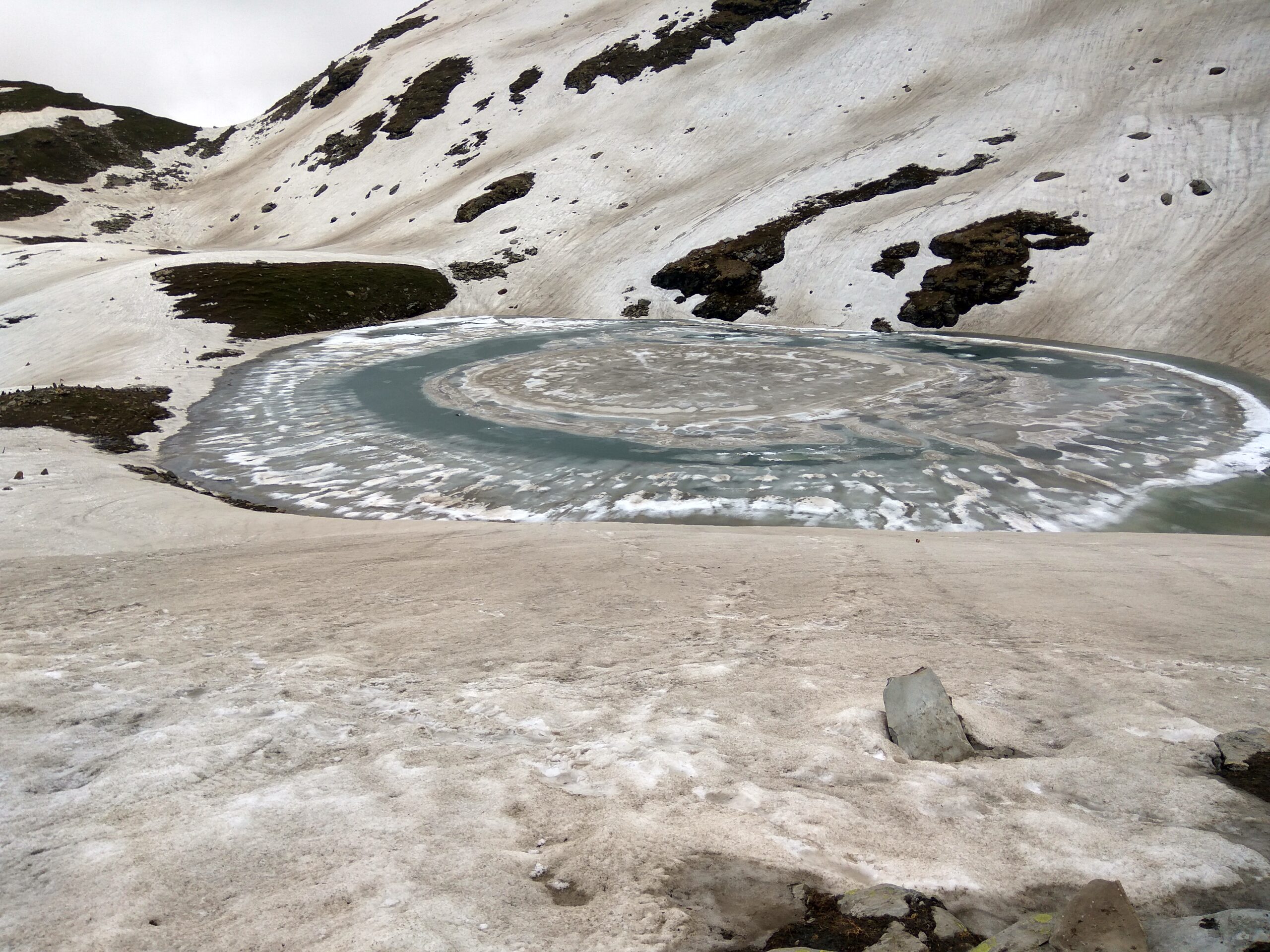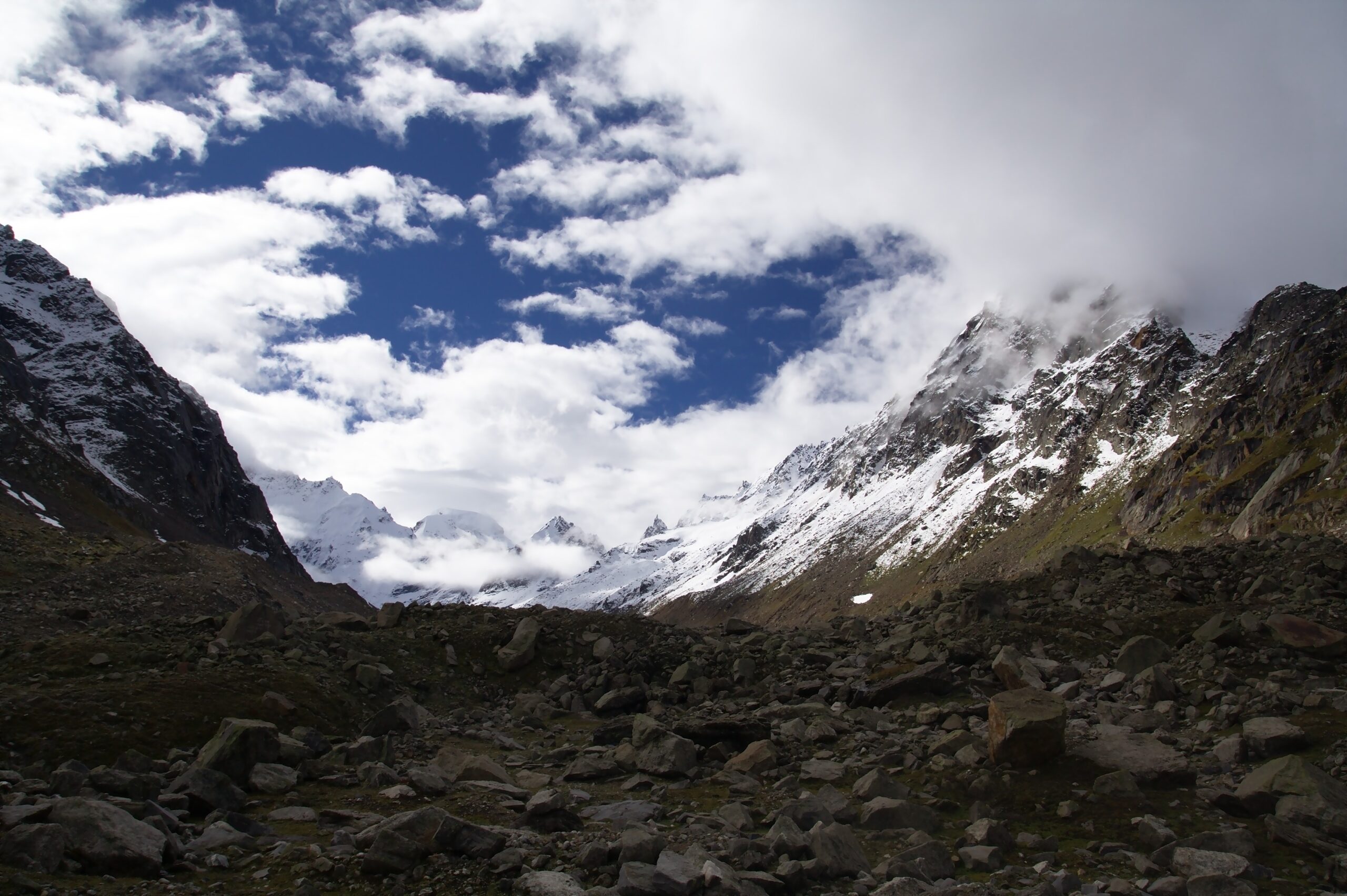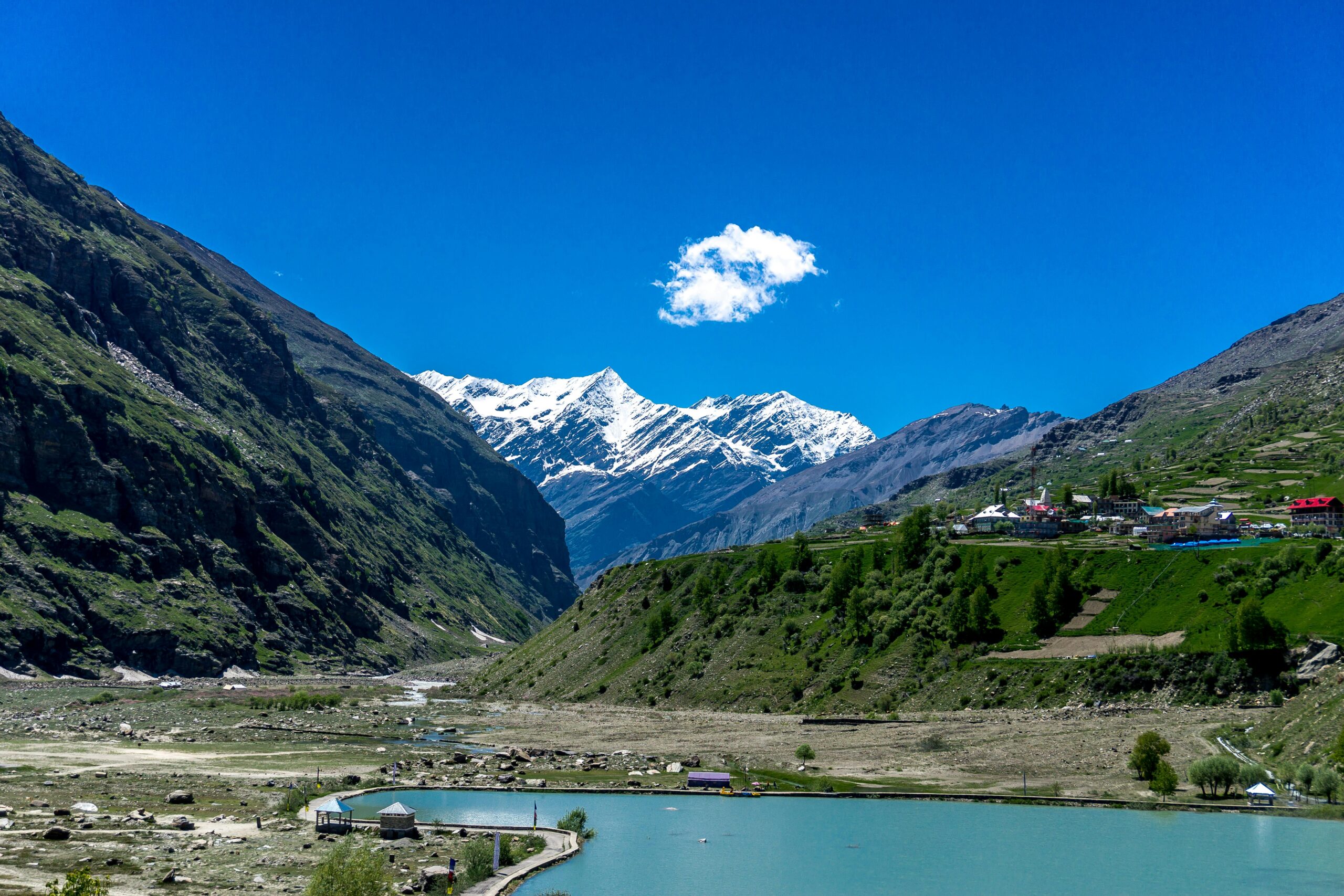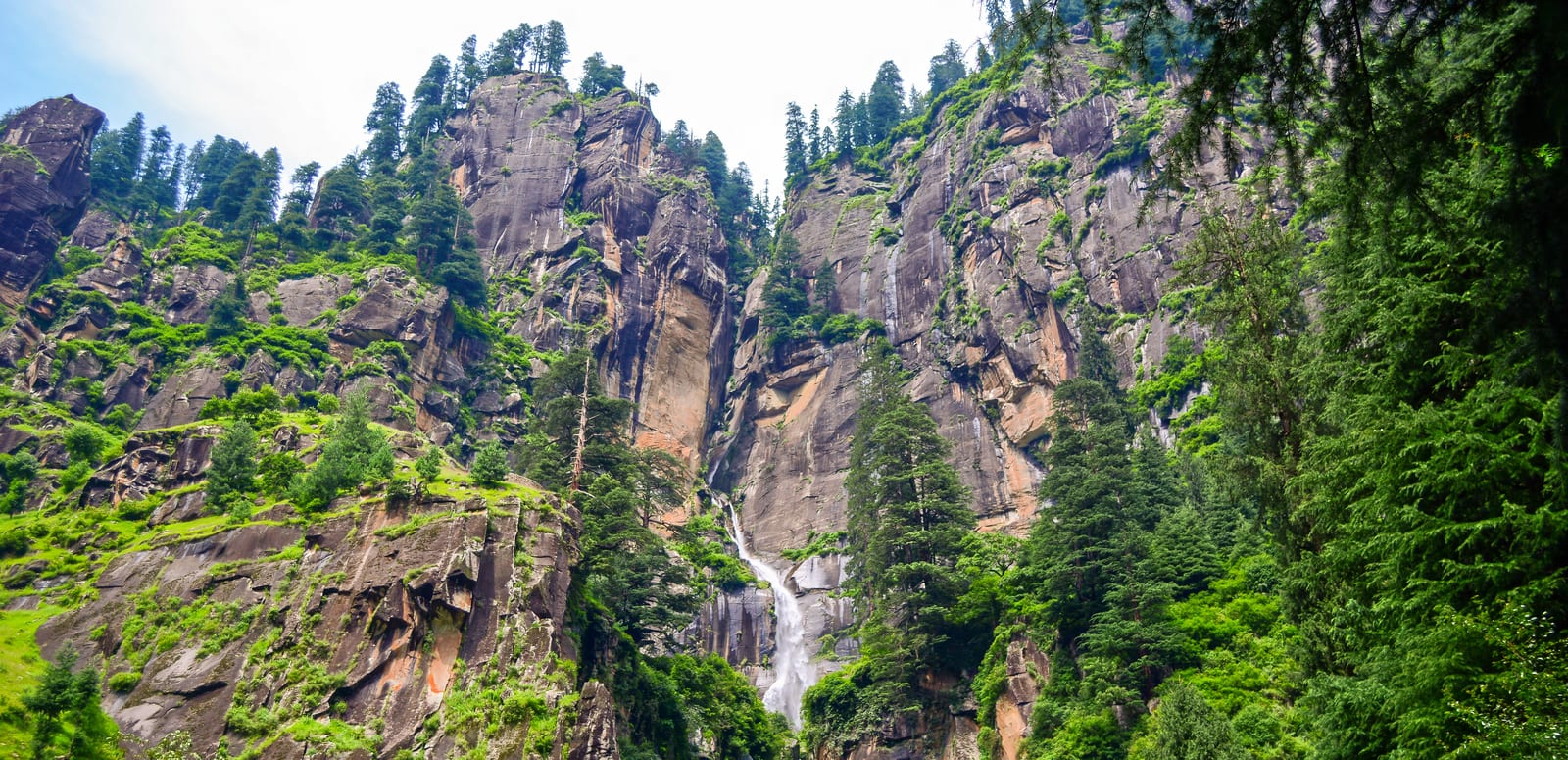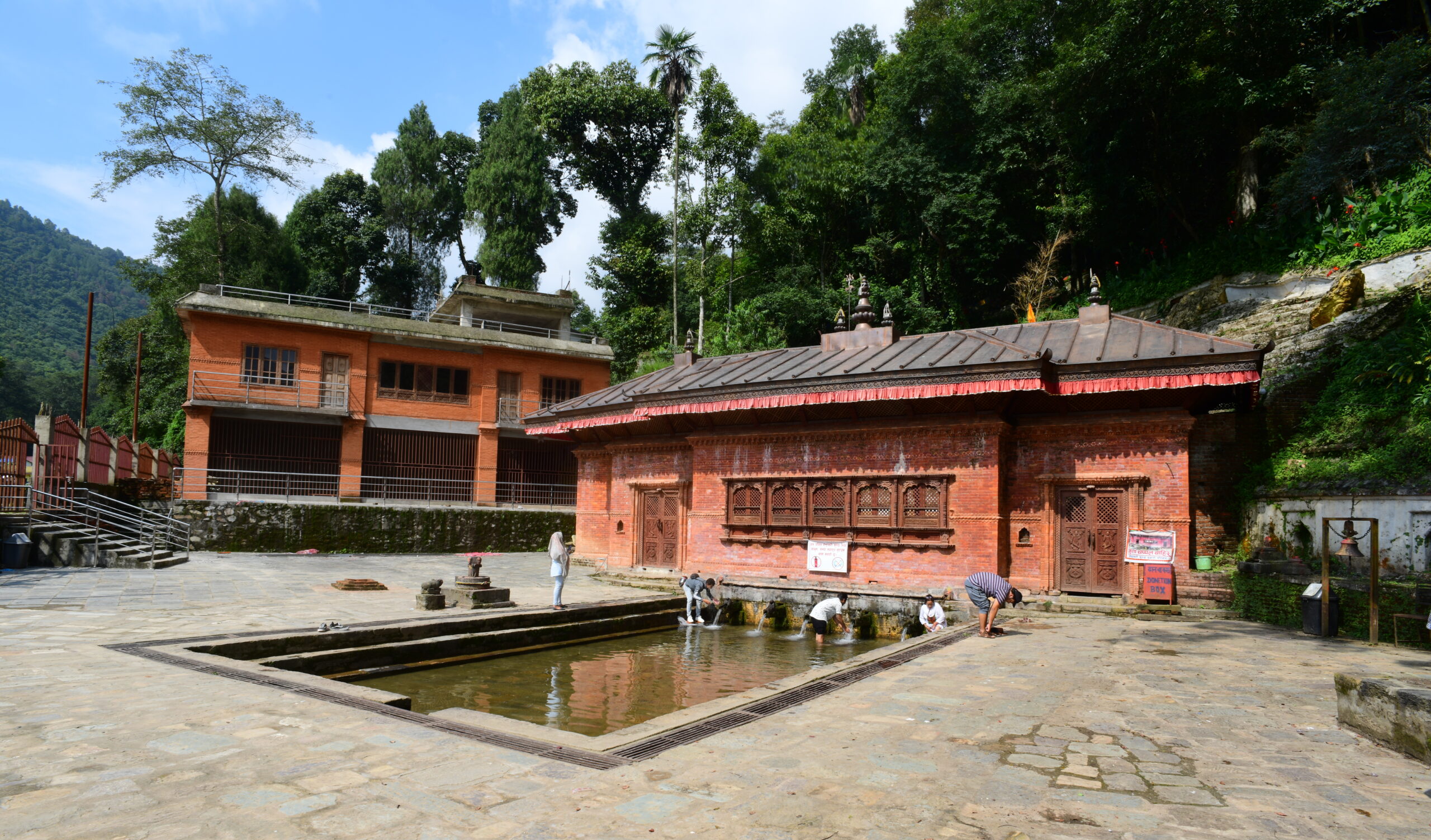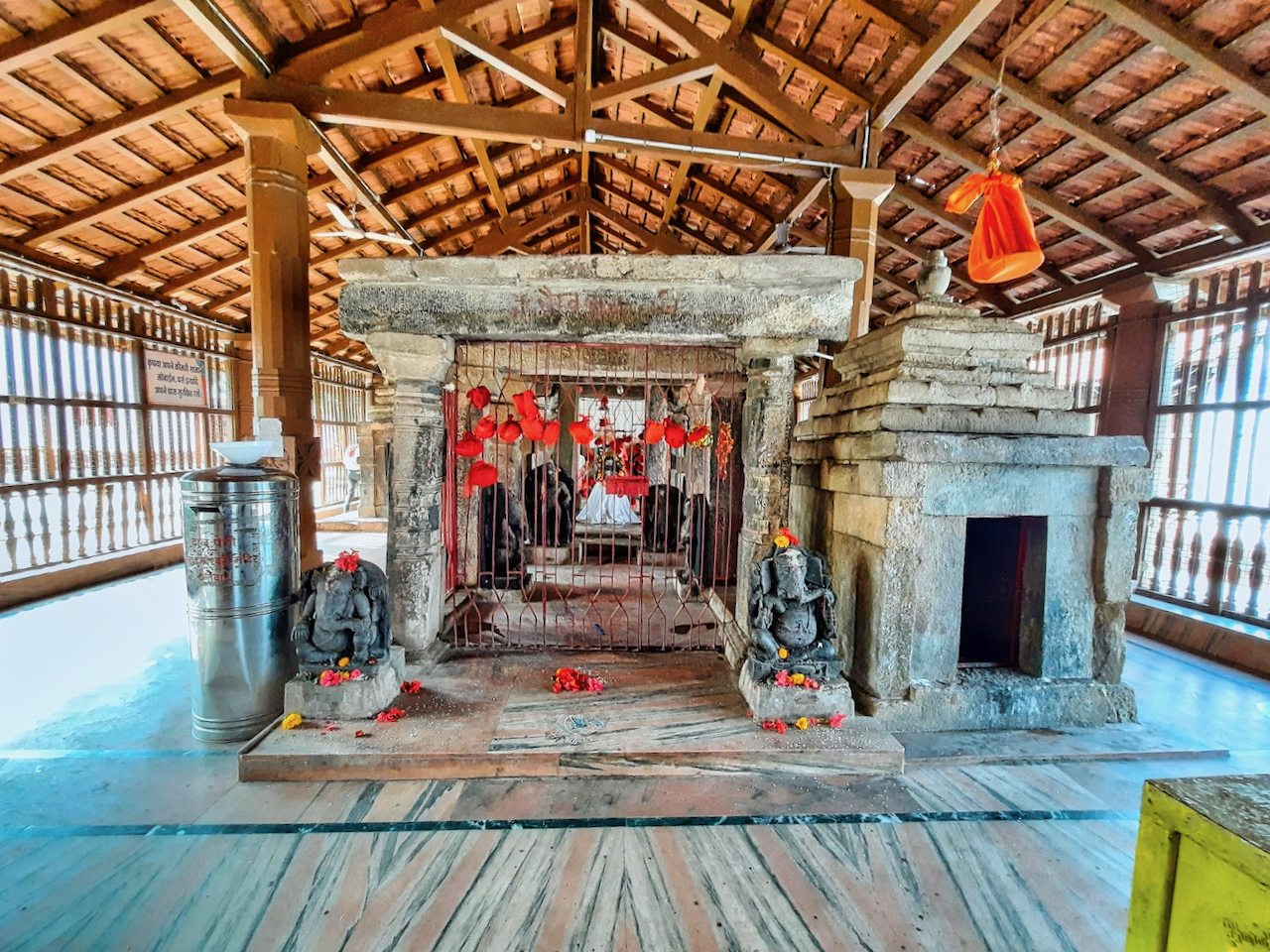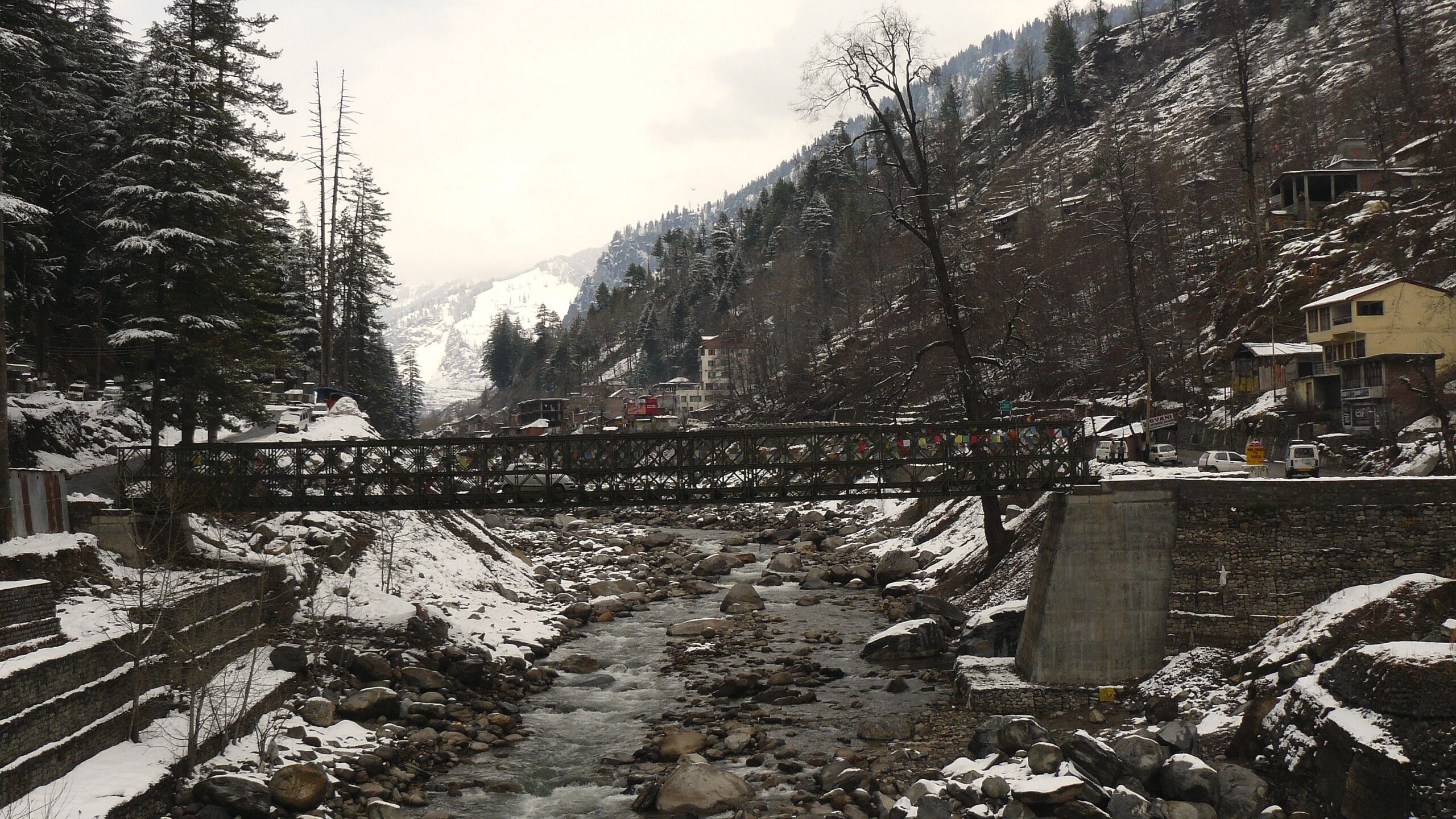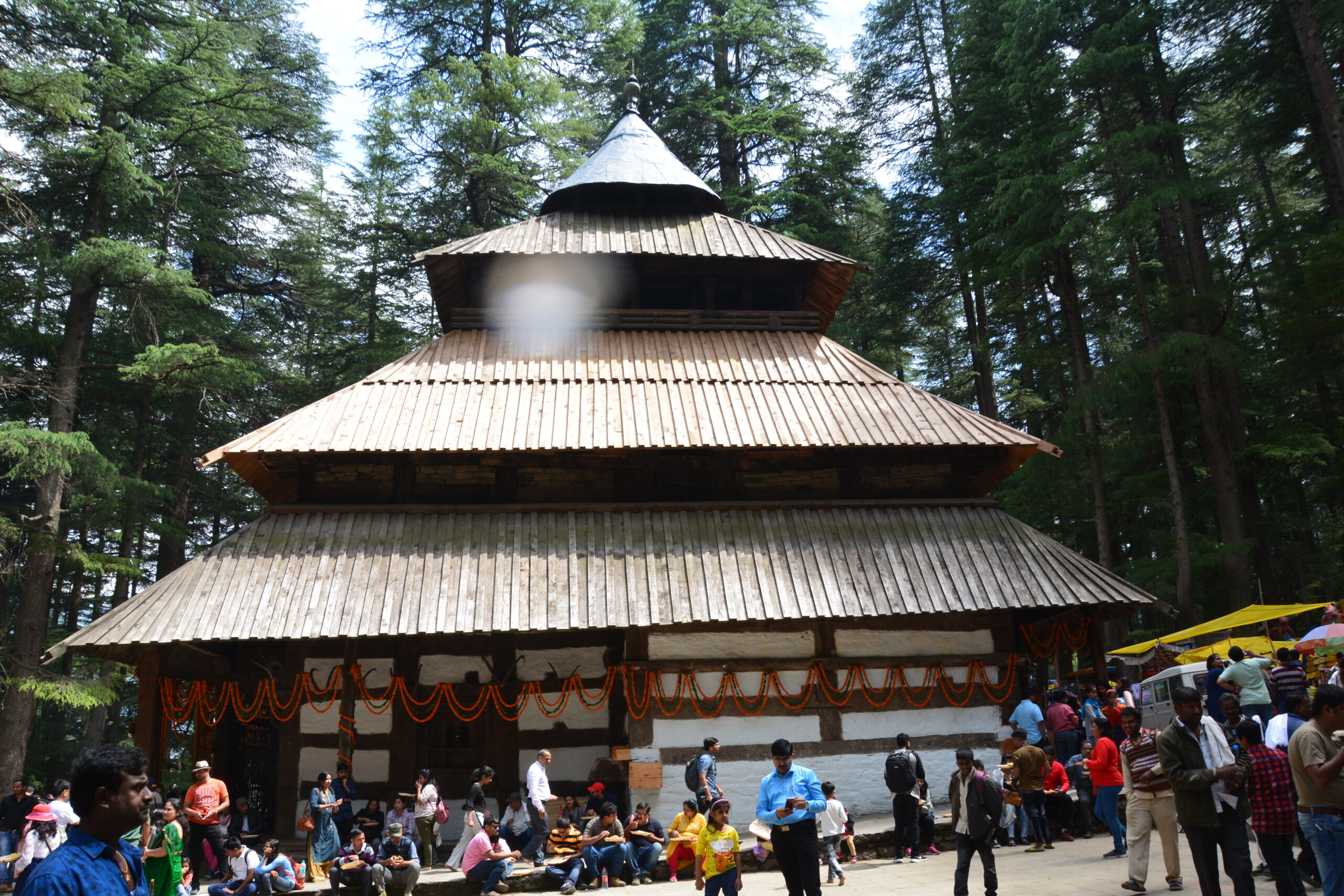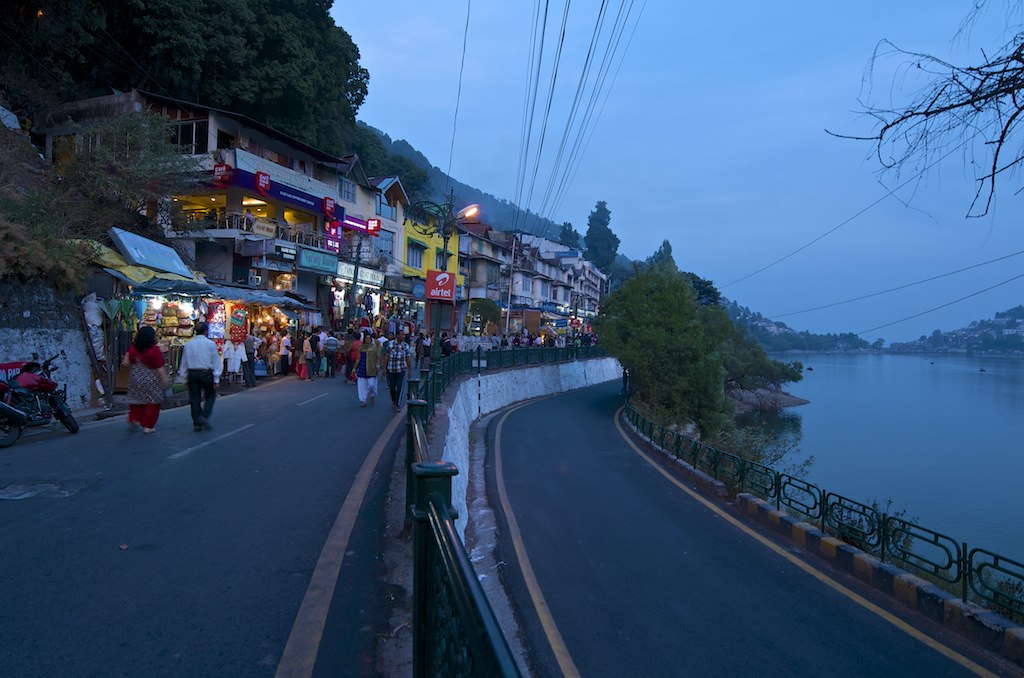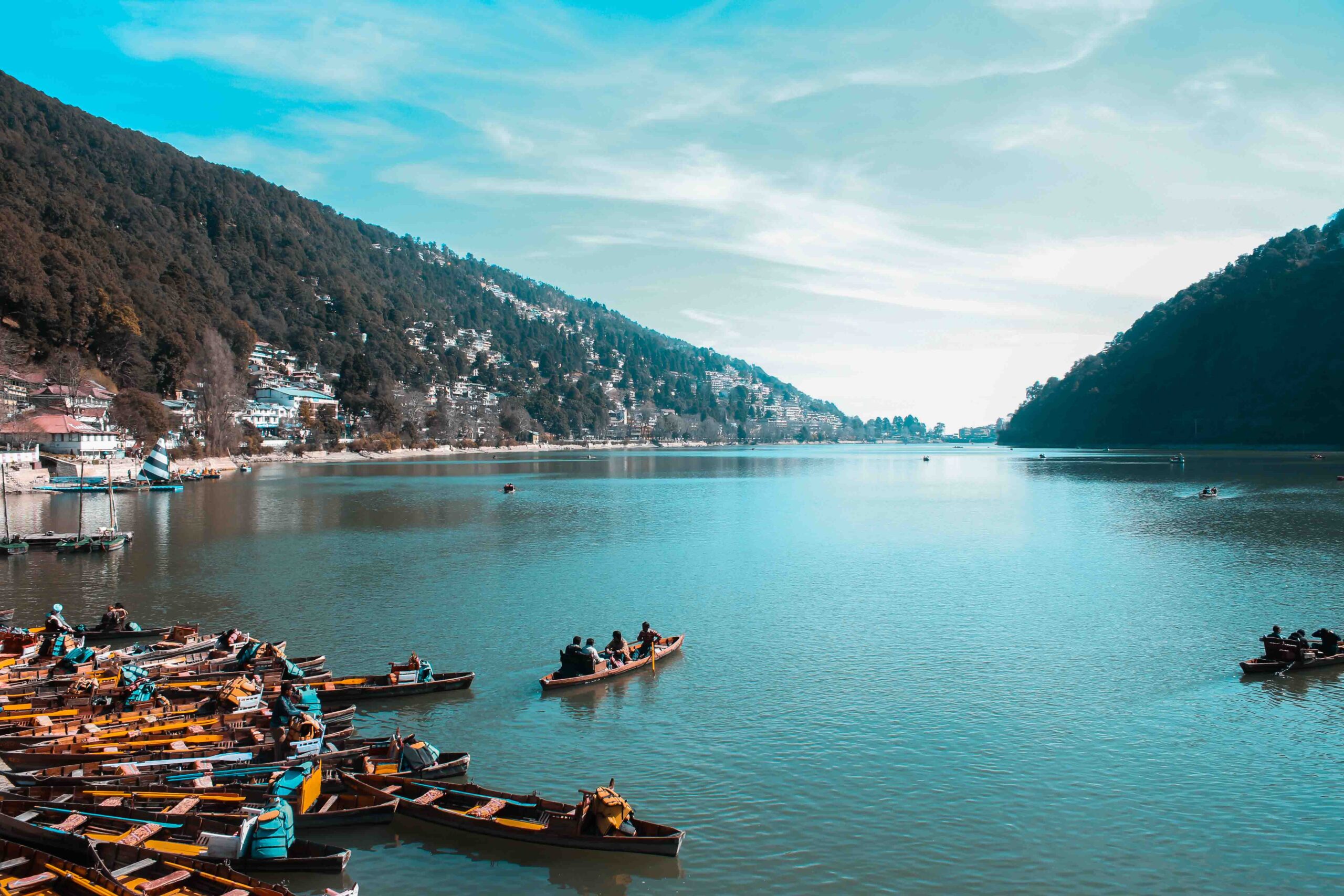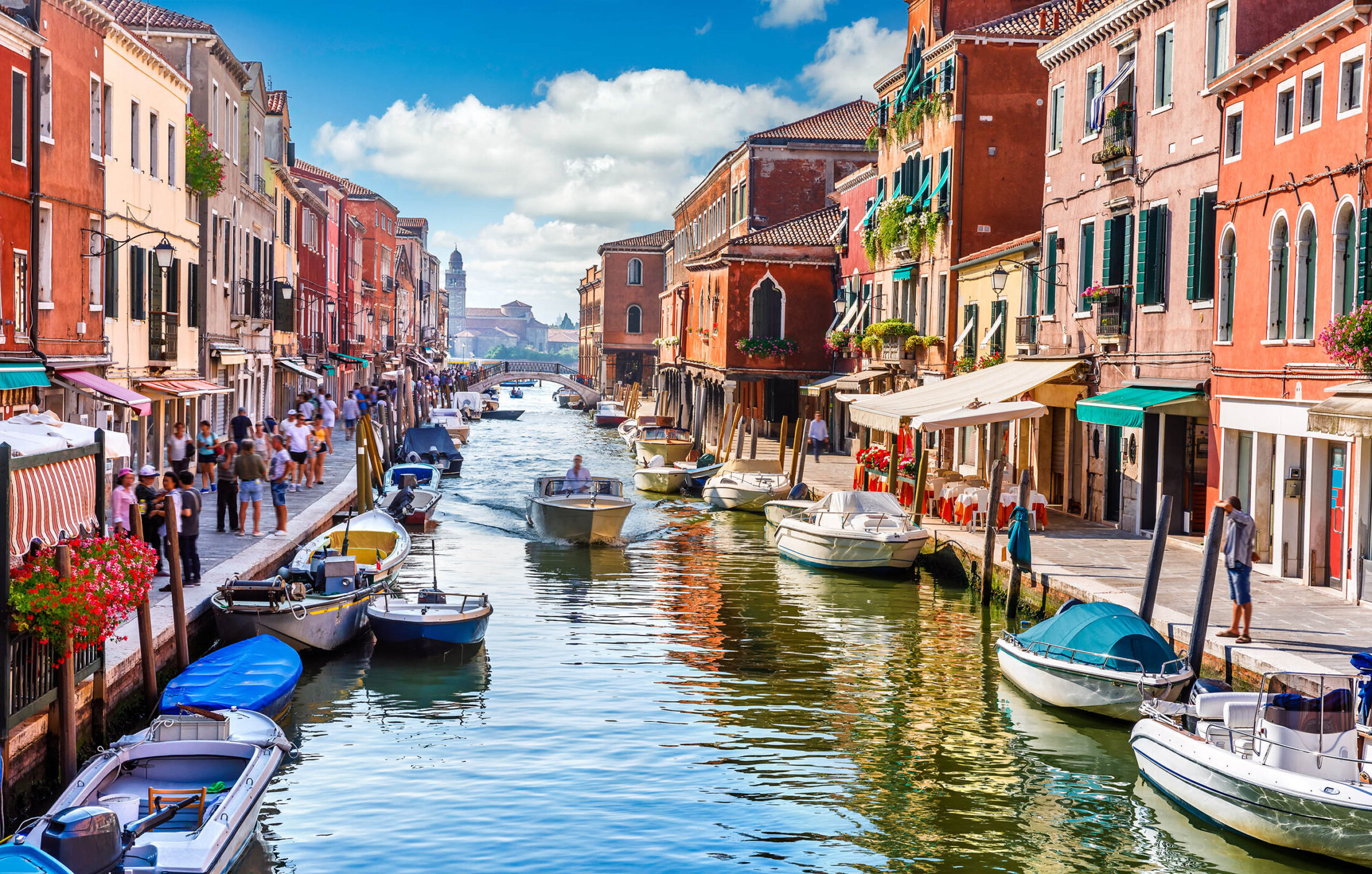
Brazil, the largest country in South America, is a land of stunning natural beauty, vibrant cities, and rich cultural heritage. From the iconic Christ the Redeemer statue in Rio de Janeiro to the awe-inspiring Iguazu Falls, Brazil offers a myriad of breathtaking destinations for every traveler. This comprehensive travel guide provides an in-depth look at the most beautiful places to visit in Brazil, complete with SEO-friendly descriptions, features, best things to do, and essential travel information.
Most Beautiful Places to Visit in Brazil
1. Rio de Janeiro

Rio de Janeiro, often referred to as “Cidade Maravilhosa” (Marvelous City), is a vibrant metropolis known for its stunning beaches, iconic landmarks, and lively carnival celebrations. Nestled between lush mountains and the Atlantic Ocean, Rio de Janeiro offers a unique blend of natural beauty and urban excitement. The city’s world-famous attractions, such as the Christ the Redeemer statue and Sugarloaf Mountain, draw millions of visitors each year, making it one of the best places to visit in Brazil.
- Iconic Landmarks: Home to the Christ the Redeemer statue, one of the New Seven Wonders of the World, and the towering Sugarloaf Mountain.
- Beautiful Beaches: Famous for its stunning beaches like Copacabana and Ipanema, which are perfect for sunbathing, swimming, and beach sports.
- Vibrant Culture: Hosts the world-renowned Rio Carnival, a spectacular event featuring samba parades, street parties, and colorful costumes.
- Historic Neighborhoods: Explore the colonial architecture and cobblestone streets of Santa Teresa and Lapa.
- Cultural Institutions: Visit the Museum of Tomorrow, the National Museum of Fine Arts, and the Rio Art Museum.
- Visit Christ the Redeemer: Take a train ride up Corcovado Mountain to see the iconic statue and enjoy panoramic views of the city.
- Explore Sugarloaf Mountain: Ride the cable car to the summit for breathtaking views of Rio de Janeiro and its coastline.
- Relax on Copacabana and Ipanema Beaches: Spend a day soaking up the sun, swimming in the ocean, and enjoying beachside cafes and bars.
- Discover Tijuca National Park: Hike through the world’s largest urban rainforest, home to waterfalls, wildlife, and scenic viewpoints.
- Experience the Nightlife in Lapa: Dance the night away in the lively Lapa district, known for its samba clubs, bars, and live music venues.
- Stroll Through Jardim Botânico: Explore the beautiful botanical garden, home to thousands of plant species and a serene atmosphere.
- Visit Maracanã Stadium: Take a tour of one of the most famous football stadiums in the world and learn about Brazil’s football history.
- Ride the Santa Teresa Tram: Enjoy a scenic ride on the historic tram through the charming neighborhood of Santa Teresa.
- How to Reach: Fly into Rio de Janeiro–Galeão International Airport (GIG), which is well-connected to major cities worldwide.
- Local Transportation: The city offers a comprehensive public transportation system, including metro, buses, taxis, and ride-sharing services. Renting a bike is also a popular option for exploring the beachfront areas.
- Accommodation: Rio de Janeiro has a wide range of accommodation options, from luxury hotels and beachfront resorts to budget-friendly hostels and vacation rentals. Popular areas to stay include Copacabana, Ipanema, and Leblon.
- Local Cuisine: Don’t miss trying traditional Brazilian dishes like feijoada (black bean stew), pão de queijo (cheese bread), and the refreshing caipirinha cocktail. Street food is also a must-try, with options like pastel (fried pastry) and açaí bowls.
- Best Time to Visit: The best time to visit Rio de Janeiro is from December to March, during the summer season and the famous Rio Carnival.
- Additional Travel Tips: Stay in well-known neighborhoods for safety and convenience. Be cautious of your belongings, especially in crowded areas. Learn a few basic Portuguese phrases to help with communication.
2. Iguazu Falls
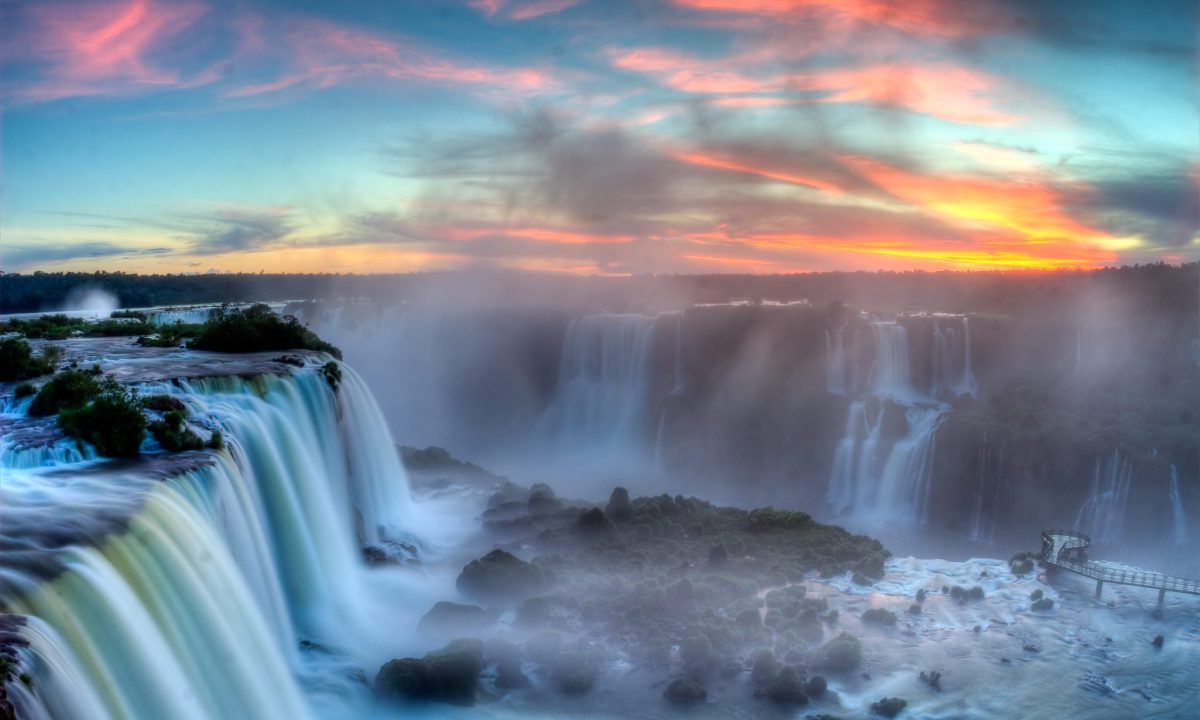
Iguazu Falls, one of the largest and most spectacular waterfall systems in the world, straddles the border between Brazil and Argentina. This natural wonder comprises 275 individual waterfalls, creating a breathtaking panorama of cascading water. Surrounded by lush rainforest, Iguazu Falls is a UNESCO World Heritage Site and one of the most amazing places to visit in Brazil. The falls offer a range of thrilling experiences, from boat rides to scenic walkways, making it a must-visit destination for nature lovers and adventure seekers.
- UNESCO World Heritage Site: Recognized for its outstanding natural beauty and ecological significance.
- Massive Waterfall System: Comprises 275 individual waterfalls, with the most famous being the Devil’s Throat.
- Lush Rainforest: The falls are surrounded by the Iguazu National Park, home to diverse flora and fauna.
- Panoramic Views: Offers stunning panoramic views from various lookout points.
- Adventure Activities: Opportunities for boat rides, hiking, and wildlife spotting.
- Take a Boat Ride to the Base of the Falls: Experience the power and majesty of the falls up close with a thrilling boat ride.
- Walk Along the Iguazu Falls Walkways: Explore the network of walkways that offer stunning views of the falls from various angles.
- Visit the Bird Park (Parque das Aves): Discover a wide variety of exotic birds and other wildlife in this beautiful sanctuary.
- Explore the Iguazu National Park: Hike through the rainforest, spot wildlife, and enjoy the natural beauty of the park.
- Helicopter Tour: Take a helicopter ride for a bird’s-eye view of the falls and the surrounding rainforest.
- Macuco Safari: Combine a jeep tour through the jungle with a boat ride to the base of the falls.
- Visit the Itaipu Dam: Take a tour of one of the largest hydroelectric dams in the world, located nearby.
- Night Walks: Experience the falls under the moonlight with guided night walks.
- How to Reach: Fly into Foz do Iguaçu International Airport (IGU), which is well-connected to major cities in Brazil and Argentina.
- Local Transportation: Buses, taxis, and guided tours are available for getting around the area and visiting the falls. Renting a car is also an option for more flexibility.
- Accommodation: Choose from a range of hotels and lodges near the falls, catering to different budgets and preferences. Staying within the national park offers the advantage of early access to the falls.
- Local Cuisine: Enjoy local dishes such as churrasco (barbecue) and empanadas (stuffed pastries). The region is also known for its delicious tropical fruits.
- Best Time to Visit: The best time to visit Iguazu Falls is from March to May and August to October, when the weather is pleasant and the crowds are fewer.
- Additional Travel Tips: Wear waterproof clothing and comfortable shoes, as you may get wet while exploring the falls. Bring insect repellent and sunscreen. Consider visiting both the Brazilian and Argentine sides of the falls for different perspectives.
3. Salvador
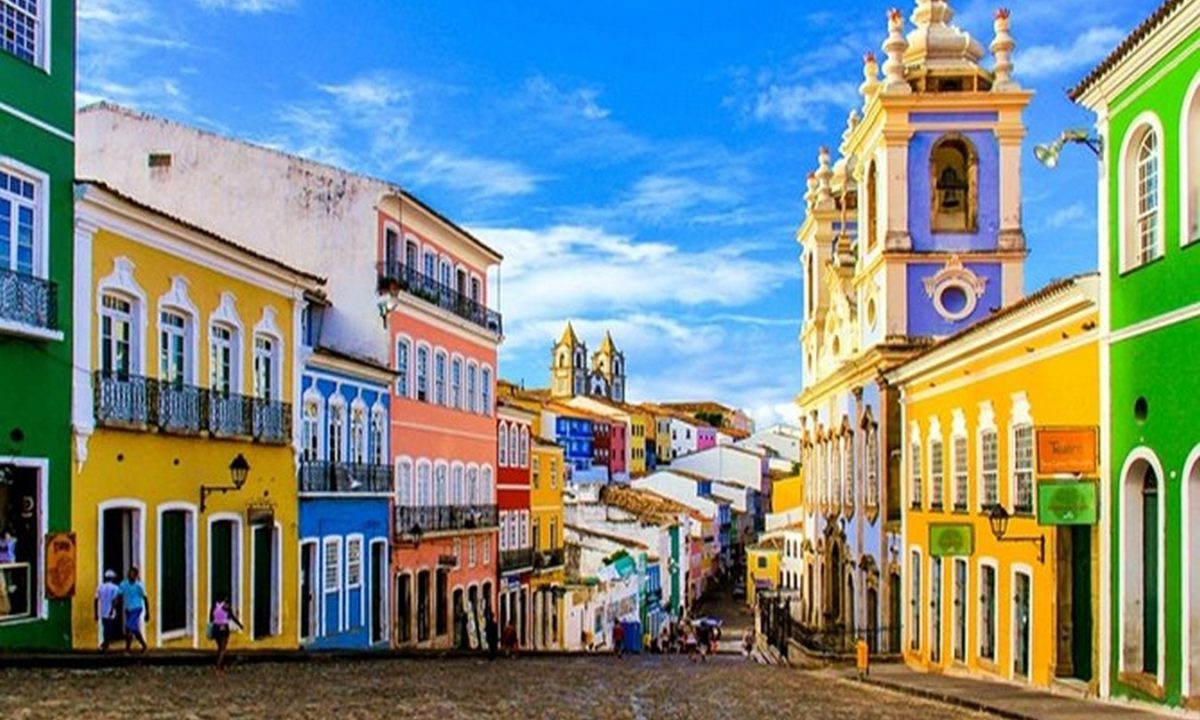
Salvador, the capital of Bahia, is a vibrant city known for its Afro-Brazilian culture, colonial architecture, and lively festivals. With its colorful buildings, historic churches, and bustling markets, Salvador offers a unique cultural experience. The city’s historic center, Pelourinho, is a UNESCO World Heritage Site and one of the most popular travel destinations in Brazil. Salvador is also famous for its energetic music scene, delicious cuisine, and the largest street carnival in the world.
- Afro-Brazilian Heritage: Salvador is a cultural melting pot with a rich Afro-Brazilian heritage, reflected in its music, dance, and cuisine.
- Historic Pelourinho District: Known for its well-preserved colonial architecture, cobblestone streets, and vibrant atmosphere.
- World’s Largest Street Carnival: Salvador hosts the largest street carnival in the world, attracting millions of visitors each year.
- Colorful Markets: Explore bustling markets like Mercado Modelo for local crafts and souvenirs.
- Cultural Institutions: Visit the Afro-Brazilian Museum and the Museum of Modern Art of Bahia.
- Explore the Pelourinho District: Wander through the historic center, admire the colorful buildings, and visit the many museums and churches.
- Visit the São Francisco Church and Convent: Marvel at the stunning baroque architecture and intricate gold-leaf decorations.
- Relax on Porto da Barra Beach: Enjoy the sun, sand, and sea at one of Salvador’s most popular beaches.
- Experience the Salvador Carnival: Join the festivities, dance to the rhythm of samba, and immerse yourself in the vibrant carnival atmosphere.
- Attend a Capoeira Show: Watch a traditional Afro-Brazilian martial art performance in Pelourinho.
- Take a Boat Trip to Ilha de Itaparica: Explore the beautiful island with its pristine beaches and charming villages.
- Visit the Elevador Lacerda: Ride the historic elevator that connects the lower city to the upper city, offering stunning views of the bay.
- Explore the Bonfim Church: Visit the famous church known for its colorful ribbons and religious significance.
- How to Reach: Fly into Deputado Luís Eduardo Magalhães International Airport (SSA), which is well-connected to major cities in Brazil and internationally.
- Local Transportation: Salvador offers buses, taxis, and ride-sharing services for getting around the city. Walking is also a great way to explore the historic center.
- Accommodation: Choose from a variety of hotels, hostels, and guesthouses, catering to different budgets and preferences. Staying in the Pelourinho district offers easy access to major attractions.
- Local Cuisine: Don’t miss trying traditional Bahian dishes like acarajé (fried bean and shrimp balls), moqueca (seafood stew), and vatapá (shrimp and peanut sauce). Street food is also popular and delicious.
- Best Time to Visit: The best time to visit Salvador is from December to March, during the summer season and the famous Salvador Carnival.
- Additional Travel Tips: Be mindful of safety, especially in crowded areas, and stay in well-known neighborhoods like Pelourinho and Barra. Learn a few basic Portuguese phrases to help with communication.
4. Amazon Rainforest
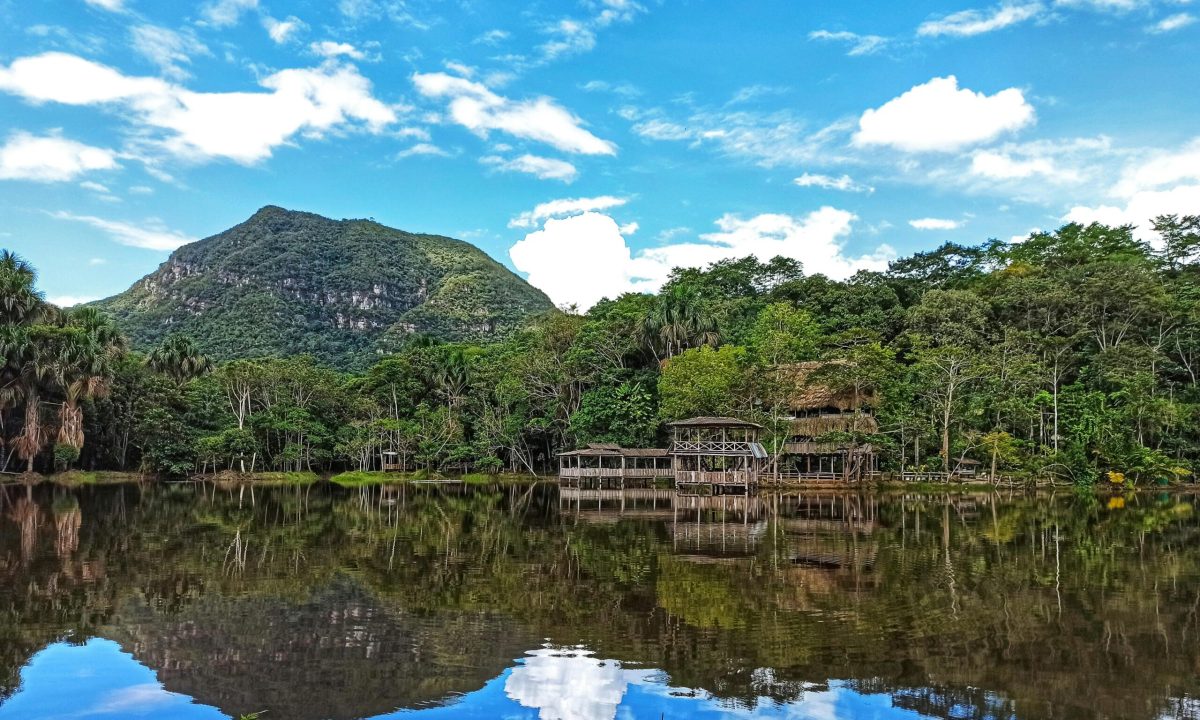
The Amazon Rainforest, the world’s largest tropical rainforest, is a biodiversity hotspot offering unparalleled wildlife experiences and adventure. Covering over 5.5 million square kilometers, the Amazon Rainforest is home to an incredible variety of plants, animals, and indigenous communities. The Amazon River, the second-longest river in the world, flows through this vast jungle, providing a lifeline for the region’s diverse ecosystems. Visiting the Amazon Rainforest is a once-in-a-lifetime experience and one of the best holiday destinations in Brazil.
- Biodiversity Hotspot: The Amazon Rainforest is home to an estimated 390 billion individual trees and countless species of plants, animals, and insects.
- Unique Eco-Tourism Experiences: Offers a range of eco-tourism activities, including guided jungle tours, wildlife spotting, and river cruises.
- Amazon River: The mighty Amazon River flows through the rainforest, providing opportunities for boat tours and exploration.
- Indigenous Cultures: Home to numerous indigenous communities with rich cultural traditions.
- Adventure Activities: Opportunities for kayaking, fishing, and canopy tours.
- Take a Guided Jungle Tour: Explore the dense jungle with an experienced guide, learn about the flora and fauna, and discover hidden waterfalls and streams.
- Go Wildlife Spotting and Birdwatching: Spot exotic animals like jaguars, monkeys, and sloths, and observe a wide variety of bird species.
- Visit Indigenous Communities: Learn about the traditional way of life of the indigenous people who call the Amazon Rainforest home.
- Cruise Along the Amazon River: Take a boat tour along the Amazon River, visit remote villages, and experience the beauty of the rainforest from the water.
- Explore the Meeting of the Waters: Witness the confluence of the dark Rio Negro and the sandy-colored Amazon River.
- Stay in a Jungle Lodge: Experience the rainforest up close by staying in an eco-friendly jungle lodge.
- Go Piranha Fishing: Try your hand at fishing for piranhas in the Amazon River.
- Take a Night Safari: Explore the rainforest at night to see nocturnal animals and hear the sounds of the jungle.
- How to Reach: Fly into Eduardo Gomes International Airport (MAO) in Manaus, the gateway to the Amazon Rainforest.
- Local Transportation: Boats, guided tours, and jungle lodges provide transportation within the rainforest. Some areas may also be accessible by small planes.
- Accommodation: Stay in eco-lodges and jungle resorts that offer comfortable accommodations and immersive experiences. Some lodges provide all-inclusive packages with meals and guided tours.
- Local Cuisine: Sample exotic fruits and traditional dishes like tacacá (a spicy soup) and pato no tucupi (duck in manioc sauce). Fresh fish from the Amazon River is also a highlight.
- Best Time to Visit: The best time to visit the Amazon Rainforest is from June to November, during the dry season, when wildlife viewing is easier.
- Additional Travel Tips: Pack insect repellent, light clothing, and waterproof gear. Be prepared for the humid climate and bring any necessary medications. Respect the local environment and wildlife.
5. Florianópolis
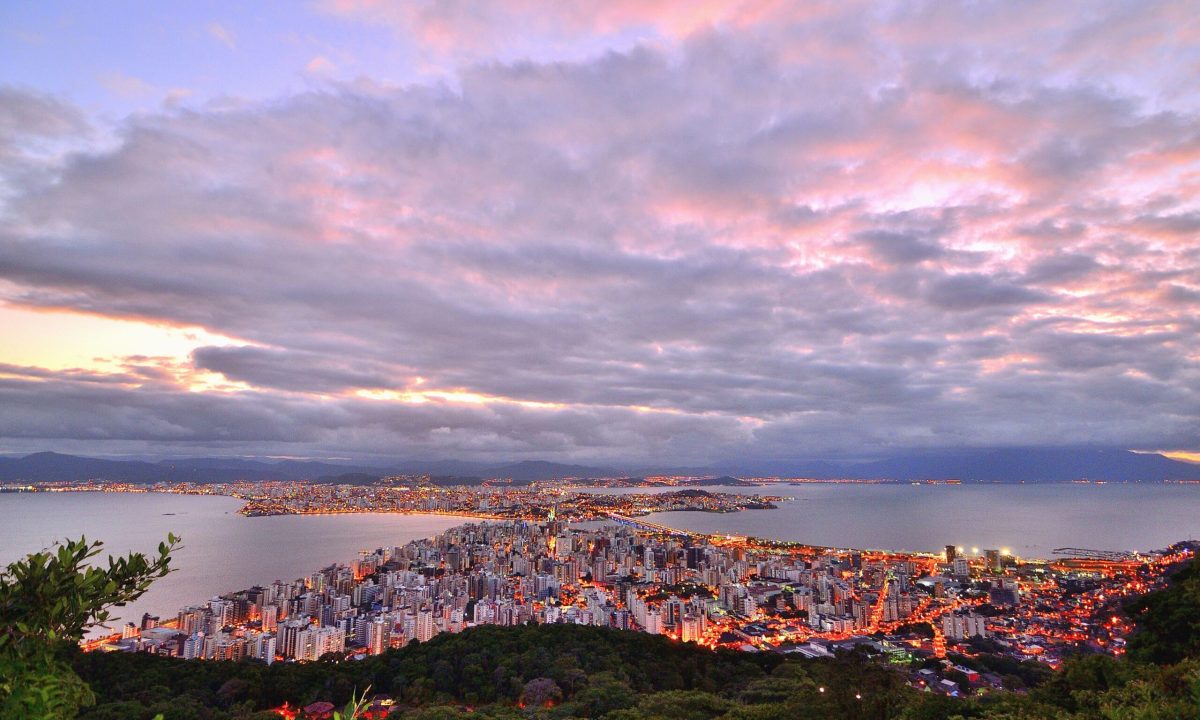
Florianópolis, an island city in southern Brazil, is renowned for its stunning beaches, vibrant nightlife, and outdoor activities. Known as the “Island of Magic,” Florianópolis boasts over 40 beautiful beaches, each with its own unique charm. The city offers a perfect blend of natural beauty and modern amenities, making it one of the most beautiful places to visit in Brazil. Whether you’re looking to relax on the beach, surf the waves, or explore the island’s scenic trails, Florianópolis has something for everyone.
- Island of Magic: Florianópolis is known for its enchanting landscapes, pristine beaches, and laid-back atmosphere.
- Over 40 Beautiful Beaches: The island is home to a diverse range of beaches, from bustling tourist spots to secluded coves.
- Popular for Surfing and Water Sports: Florianópolis is a top destination for surfing, kiteboarding, and other water sports.
- Scenic Trails: Offers numerous hiking trails with stunning views of the coastline and lush forests.
- Cultural Festivals: Hosts various cultural festivals and events throughout the year, including the famous Carnival.
- Relax on Joaquina and Campeche Beaches: Spend a day sunbathing, swimming, and surfing at these popular beaches.
- Explore the Historic Center of Florianópolis: Wander through the charming streets, visit the historic public market, and admire the colonial architecture.
- Hike the Trails of Lagoinha do Leste: Discover one of the island’s most beautiful and remote beaches by hiking through lush forests and scenic trails.
- Enjoy the Nightlife in Lagoa da Conceição: Experience the vibrant nightlife, with a wide range of bars, clubs, and live music venues.
- Visit the Ribeirão da Ilha: Explore this historic fishing village known for its traditional Azorean architecture and oyster farms.
- Take a Boat Tour to Ilha do Campeche: Visit this beautiful island with crystal-clear waters and ancient rock carvings.
- Surf at Praia Mole: One of the best surfing spots on the island, known for its consistent waves and vibrant beach culture.
- Explore the Dunes of Joaquina: Try sandboarding on the impressive sand dunes near Joaquina Beach.
- How to Reach: Fly into Hercílio Luz International Airport (FLN), which is well-connected to major cities in Brazil.
- Local Transportation: The island offers buses, taxis, and car rentals for getting around and exploring the various beaches and attractions. Biking is also a popular way to explore the coastal areas.
- Accommodation: Choose from a variety of hotels, hostels, and beach resorts, catering to different budgets and preferences. Popular areas to stay include Lagoa da Conceição, Canasvieiras, and Jurerê.
- Local Cuisine: Try local seafood dishes like sequência de camarão (shrimp sequence) and tainha (mullet fish). The island is also known for its fresh oysters and traditional Brazilian barbecue.
- Best Time to Visit: The best time to visit Florianópolis is from December to March, during the summer season, when the weather is warm and perfect for beach activities.
- Additional Travel Tips: Rent a car to explore the island’s many beaches and attractions at your own pace. Be sure to bring sunscreen and beachwear. Check local surf conditions if you plan to surf.
6. Ouro Preto
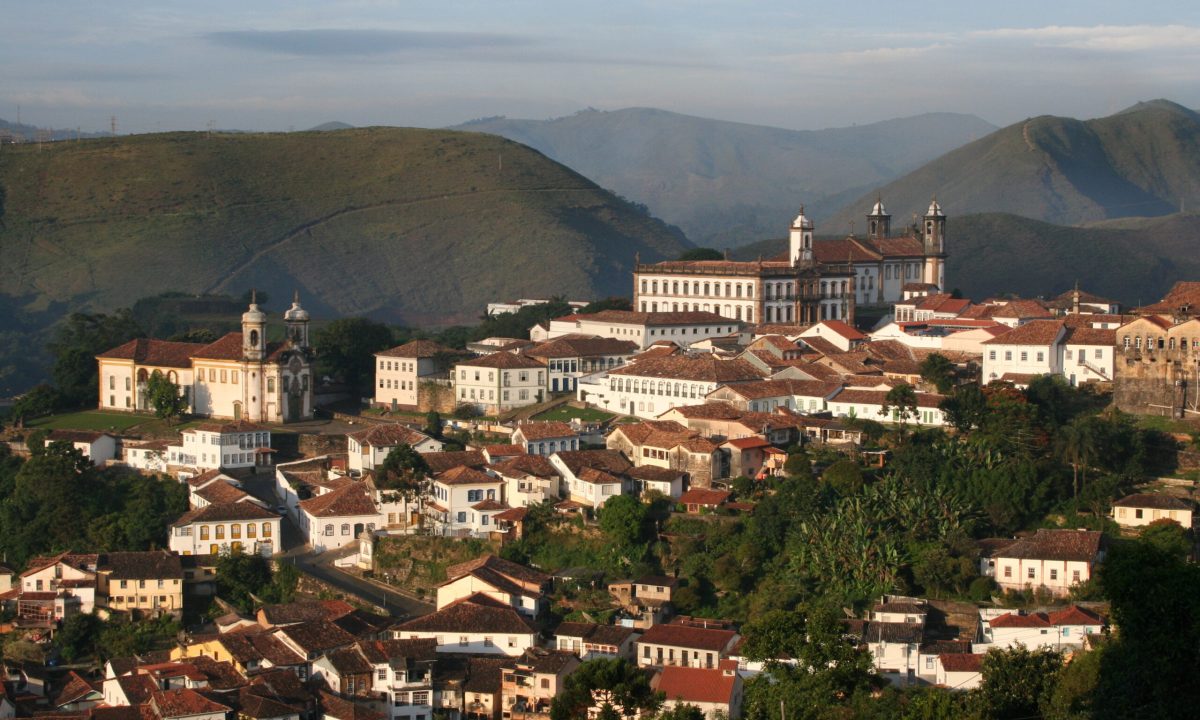
Ouro Preto, a colonial town in the state of Minas Gerais, is a UNESCO World Heritage Site known for its well-preserved baroque architecture and rich history. Nestled in the mountains, Ouro Preto offers a glimpse into Brazil’s colonial past with its cobblestone streets, historic churches, and charming squares. This picturesque town is one of the most beautiful places to visit in Brazil and a must-see for history and architecture enthusiasts.
- UNESCO World Heritage Site: Recognized for its outstanding baroque architecture and historical significance.
- Colonial Architecture: Home to beautifully preserved colonial buildings, churches, and mansions.
- Historic Churches: Features stunning churches like São Francisco de Assis and Nossa Senhora do Pilar.
- Cultural Heritage: Rich in history and culture, with numerous museums and cultural institutions.
- Scenic Views: Offers breathtaking views of the surrounding mountains and valleys.
- Explore the Historic Center: Wander through the cobblestone streets, admire the colonial architecture, and visit the many historic buildings.
- Visit the São Francisco de Assis Church: Marvel at the intricate baroque architecture and artwork by Aleijadinho.
- Tour the Museu da Inconfidência: Learn about Brazil’s independence movement and the history of Ouro Preto.
- Discover the Mina da Passagem: Take a guided tour of one of the largest gold mines in the world.
- Visit the Nossa Senhora do Pilar Church: Admire the lavish interior adorned with gold leaf and baroque art.
- Attend the Festival de Inverno: Enjoy cultural performances, art exhibitions, and music during the annual winter festival.
- Explore the Casa dos Contos: Visit this historic mansion that now serves as a museum showcasing colonial life and the history of gold mining.
- Hike to the Itacolomi State Park: Enjoy outdoor activities and stunning views of the surrounding landscape.
- How to Reach: Fly into Tancredo Neves International Airport (CNF) in Belo Horizonte, then take a bus or drive to Ouro Preto (approximately 2 hours).
- Local Transportation: The town is best explored on foot due to its narrow, cobblestone streets. Taxis and local buses are also available.
- Accommodation: Choose from charming pousadas (guesthouses), boutique hotels, and historic inns that offer a unique stay experience.
- Local Cuisine: Try traditional Minas Gerais dishes like pão de queijo (cheese bread), feijão tropeiro (bean stew), and doce de leite (milk caramel).
- Best Time to Visit: The best time to visit Ouro Preto is from April to September, during the dry season, when the weather is mild and ideal for exploring.
- Additional Travel Tips: Wear comfortable walking shoes for navigating the hilly, cobblestone streets. Be prepared for cooler temperatures in the evenings.
7. Fernando de Noronha
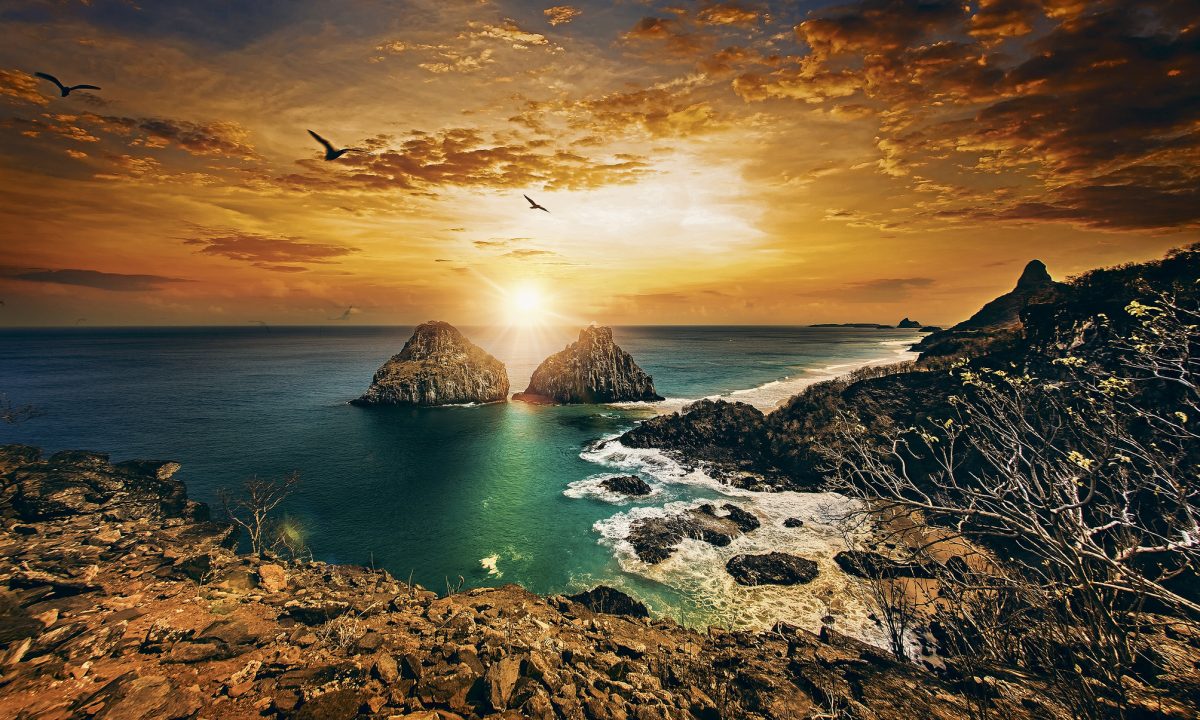
Fernando de Noronha, an archipelago off the northeast coast of Brazil, is a paradise for nature lovers and beach enthusiasts. Known for its crystal-clear waters, pristine beaches, and abundant marine life, Fernando de Noronha is one of the best holiday destinations in Brazil. The archipelago is a UNESCO World Heritage Site and offers a range of eco-friendly activities, making it a perfect getaway for those seeking natural beauty and adventure.
- UNESCO World Heritage Site: Recognized for its exceptional natural beauty and biodiversity.
- Pristine Beaches: Home to some of the most beautiful beaches in Brazil, including Baía do Sancho and Praia do Leão.
- Marine Life: Offers excellent opportunities for snorkeling and diving with sea turtles, dolphins, and colorful fish.
- Eco-Friendly Tourism: Focuses on sustainable tourism practices to preserve the natural environment.
- Scenic Landscapes: Features dramatic cliffs, lush vegetation, and stunning ocean views.
- Relax on Baía do Sancho: Voted one of the best beaches in the world, known for its crystal-clear waters and stunning scenery.
- Snorkel at Praia do Atalaia: Explore the vibrant underwater world in the natural pools at low tide.
- Dive at Baía dos Porcos: Discover the rich marine life and underwater rock formations in this popular diving spot.
- Hike to Morro do Pico: Enjoy panoramic views of the archipelago from the highest point on the island.
- Visit the Projeto Tamar: Learn about sea turtle conservation efforts and see these magnificent creatures up close.
- Explore the Forte dos Remédios: Visit the historic fort and enjoy views of the surrounding beaches and ocean.
- Take a Boat Tour: Cruise around the archipelago, spot dolphins, and enjoy snorkeling in secluded bays.
- Watch the Sunset at Boldró Beach: Experience a breathtaking sunset with the iconic Dois Irmãos rock formations in the background.
- How to Reach: Fly into Fernando de Noronha Airport (FEN) from major cities like Recife or Natal.
- Local Transportation: The island offers buses, taxis, and buggy rentals for getting around. Biking is also a popular option.
- Accommodation: Choose from eco-friendly lodges, guesthouses, and boutique hotels that offer comfortable and sustainable accommodations.
- Local Cuisine: Enjoy fresh seafood dishes like moqueca (fish stew) and peixe na telha (fish cooked on a clay tile). Don’t miss the local delicacy, tapioca pancakes.
- Best Time to Visit: The best time to visit Fernando de Noronha is from August to December, during the dry season, when the weather is ideal for beach activities and water sports.
- Additional Travel Tips: Be prepared for a daily environmental preservation fee, which helps fund conservation efforts. Bring reef-safe sunscreen and respect local wildlife and natural habitats.
8. Pantanal
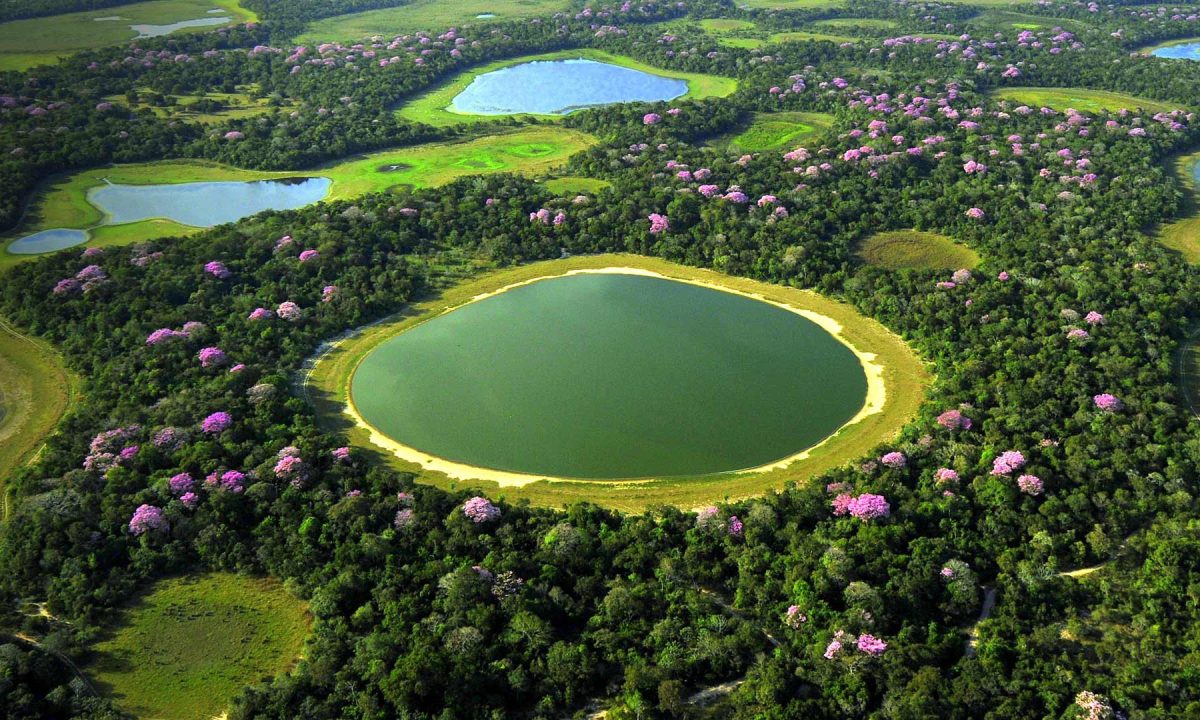
The Pantanal, the world’s largest tropical wetland, is a paradise for wildlife enthusiasts and nature lovers. Spanning over 140,000 square kilometers, the Pantanal is home to an incredible diversity of flora and fauna, including jaguars, capybaras, and caimans. This unique ecosystem offers unparalleled opportunities for wildlife viewing and eco-tourism, making it one of the most amazing places to visit in Brazil.
- Biodiversity Hotspot: The Pantanal is home to over 1,000 bird species, 300 mammal species, and countless reptiles and fish.
- Unique Wetland Ecosystem: Features a vast network of rivers, lakes, and marshes that support a rich variety of plant and animal life.
- Wildlife Viewing: Offers some of the best wildlife viewing opportunities in South America, with frequent sightings of jaguars, giant otters, and anacondas.
- Eco-Tourism: Focuses on sustainable tourism practices to preserve the natural environment.
- Scenic Landscapes: Features stunning landscapes, including vast wetlands, savannas, and forests.
- Go on a Wildlife Safari: Take guided tours to spot jaguars, capybaras, caimans, and a variety of bird species.
- Birdwatching: Explore the Pantanal’s diverse birdlife, including the iconic jabiru stork and the colorful hyacinth macaw.
- Boat Tours: Navigate the waterways to see aquatic wildlife and enjoy the serene beauty of the wetlands.
- Horseback Riding: Experience the Pantanal like a local cowboy (pantaneiro) with a horseback riding tour.
- Fishing for Piranhas: Try your hand at fishing for piranhas in the Pantanal’s rivers and lakes.
- Night Safaris: Explore the wetlands at night to see nocturnal animals and hear the sounds of the jungle.
- Visit a Fazenda (Ranch): Stay at a traditional Pantanal ranch and learn about the local culture and way of life.
- Hike the Trails: Discover the diverse flora and fauna on guided hikes through the wetlands and forests.
- How to Reach: Fly into Marechal Rondon International Airport (CGB) in Cuiabá or Campo Grande International Airport (CGR), then take a bus or drive to the Pantanal.
- Local Transportation: The best way to explore the Pantanal is with guided tours, which often include transportation by boat, jeep, or horseback.
- Accommodation: Stay at eco-lodges, fazendas (ranches), and wildlife resorts that offer comfortable accommodations and guided tours.
- Local Cuisine: Enjoy traditional Pantanal dishes like arroz carreteiro (rice with beef), pacu assado (grilled fish), and sopa paraguaia (cornbread).
- Best Time to Visit: The best time to visit the Pantanal is from May to September, during the dry season, when wildlife viewing is at its best.
- Additional Travel Tips: Bring insect repellent, binoculars, and a good camera for wildlife photography. Respect local wildlife and follow the guidelines of your guides.
9. Paraty
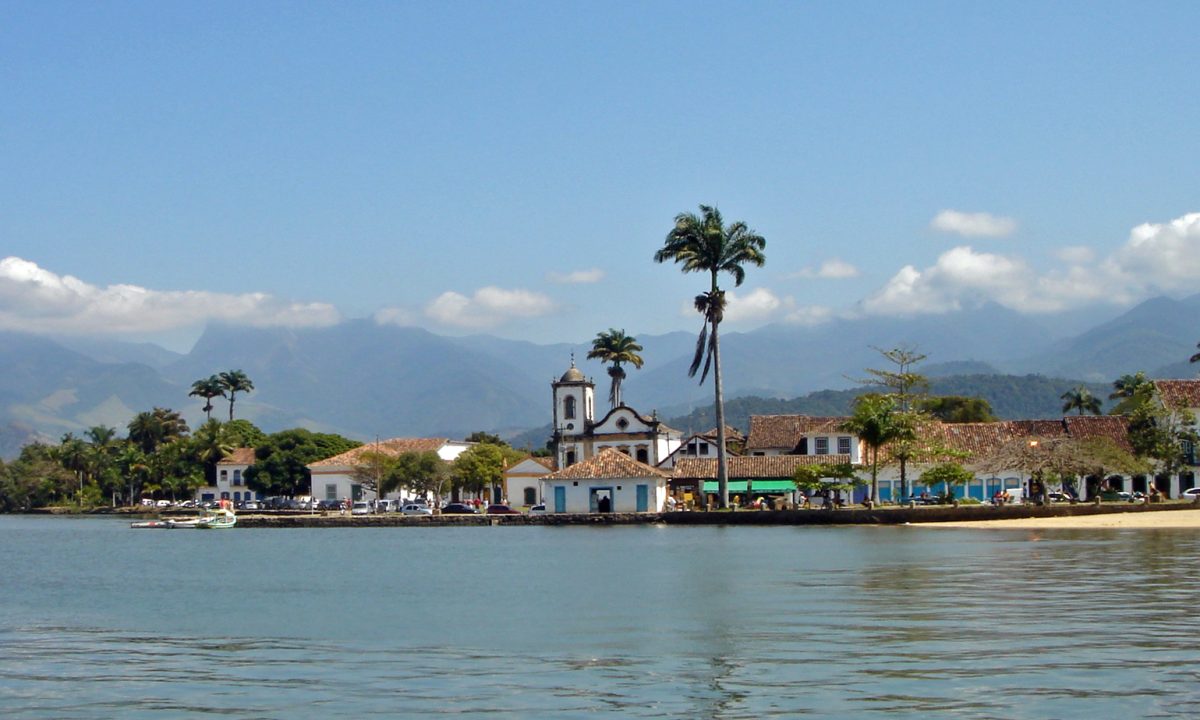
Paraty, a charming colonial town on Brazil’s Costa Verde, is known for its well-preserved architecture, cobblestone streets, and stunning coastal scenery. Surrounded by lush mountains and pristine beaches, Paraty offers a perfect blend of history, culture, and natural beauty. This picturesque town is one of the best places to visit in Brazil for those seeking a relaxing and culturally enriching experience.
- Colonial Architecture: Home to beautifully preserved colonial buildings, churches, and mansions.
- Historic Center: Features cobblestone streets, charming squares, and vibrant markets.
- Stunning Beaches: Offers access to beautiful beaches and islands along the Costa Verde.
- Cultural Festivals: Hosts various cultural events and festivals, including the famous Paraty International Literary Festival (FLIP).
- Scenic Landscapes: Surrounded by lush mountains, waterfalls, and tropical forests.
- Explore the Historic Center: Wander through the cobblestone streets, admire the colonial architecture, and visit the many historic buildings.
- Visit the Igreja de Santa Rita: Explore this historic church and its adjacent museum showcasing religious art.
- Take a Boat Tour: Cruise around the bay to visit secluded beaches and islands, and enjoy snorkeling and swimming.
- Hike to the Cachoeira do Tobogã: Discover this natural waterslide and enjoy a refreshing swim in the waterfall.
- Attend the Paraty International Literary Festival (FLIP): Join literary enthusiasts from around the world for this renowned cultural event.
- Visit the Casa da Cultura: Learn about Paraty’s history and culture through exhibitions and events.
- Explore the Gold Trail (Caminho do Ouro): Hike along this historic trail used by gold miners and enjoy scenic views of the surrounding landscape.
- Relax on Praia do Sono: Spend a day on this beautiful, secluded beach accessible by boat or hiking trail.
- How to Reach: Fly into Rio de Janeiro–Galeão International Airport (GIG) or São Paulo–Guarulhos International Airport (GRU), then take a bus or drive to Paraty (approximately 4-5 hours).
- Local Transportation: The town is best explored on foot due to its narrow, cobblestone streets. Taxis and local buses are also available.
- Accommodation: Choose from charming pousadas (guesthouses), boutique hotels, and beachfront resorts that offer a unique stay experience.
- Local Cuisine: Try traditional dishes like moqueca (fish stew), camarão na moranga (shrimp in a pumpkin), and cachaça (sugarcane liquor) from local distilleries.
- Best Time to Visit: The best time to visit Paraty is from April to October, during the dry season, when the weather is mild and ideal for exploring.
- Additional Travel Tips: Wear comfortable walking shoes for navigating the cobblestone streets. Be prepared for occasional rain showers, especially during the summer months.
10. Chapada Diamantina National Park
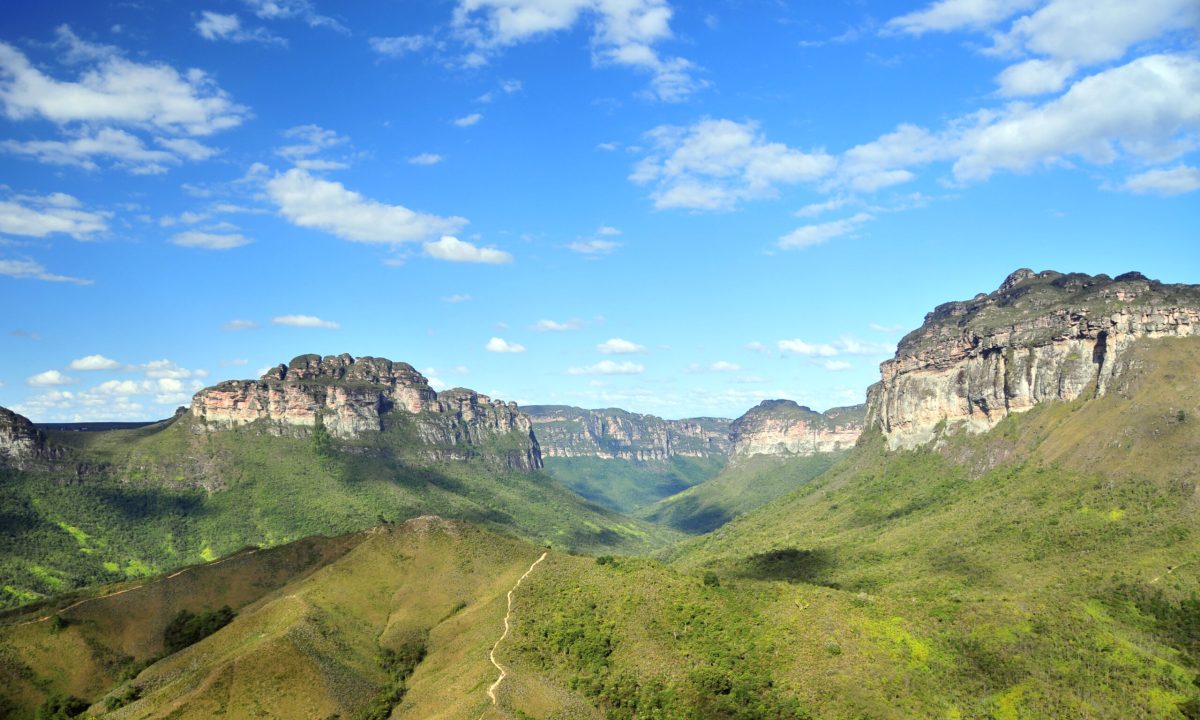
Chapada Diamantina National Park, located in the state of Bahia, is a paradise for outdoor enthusiasts and adventure seekers. Known for its dramatic landscapes, stunning waterfalls, and extensive cave systems, Chapada Diamantina offers a wide range of activities for nature lovers. This national park is one of the most beautiful places to visit in Brazil and a must-see for those seeking adventure and natural beauty.
- Dramatic Landscapes: Features rugged cliffs, deep canyons, and expansive plateaus.
- Stunning Waterfalls: Home to some of Brazil’s most beautiful waterfalls, including Cachoeira da Fumaça and Cachoeira do Buracão.
- Extensive Cave Systems: Offers opportunities to explore impressive caves like Gruta da Lapa Doce and Gruta Azul.
- Biodiversity: Rich in flora and fauna, with numerous endemic species.
- Adventure Activities: Opportunities for hiking, rock climbing, caving, and swimming.
- Hike to Cachoeira da Fumaça: Discover one of Brazil’s tallest waterfalls, with a dramatic drop of nearly 400 meters.
- Explore the Gruta da Lapa Doce: Take a guided tour of this impressive cave system with stunning rock formations.
- Swim in the Poço Encantado: Enjoy the crystal-clear waters of this enchanting natural pool inside a cave.
- Visit the Vale do Pati: Hike through this remote valley known for its breathtaking scenery and traditional villages.
- Climb the Morro do Pai Inácio: Enjoy panoramic views of the park from the top of this iconic hill.
- Discover the Cachoeira do Buracão: Swim in the natural pool at the base of this stunning waterfall.
- Explore the Gruta Azul: Witness the mesmerizing blue waters inside this beautiful cave.
- Take a Jeep Tour: Explore the park’s diverse landscapes and hidden gems with a guided jeep tour.
- How to Reach: Fly into Lençóis Airport (LEC), then take a bus or drive to the park’s entrance. Alternatively, fly into Salvador International Airport (SSA) and take a bus or drive to Lençóis (approximately 6 hours).
- Local Transportation: The park is best explored with guided tours, which often include transportation by jeep or on foot. Renting a car is also an option for more flexibility.
- Accommodation: Stay in eco-lodges, guesthouses, and campsites that offer comfortable accommodations and easy access to the park’s attractions.
- Local Cuisine: Enjoy traditional Bahian dishes like acarajé (fried bean and shrimp balls), moqueca (fish stew), and beiju (tapioca crepe).
- Best Time to Visit: The best time to visit Chapada Diamantina is from April to October, during the dry season, when the weather is ideal for outdoor activities.
- Additional Travel Tips: Bring sturdy hiking shoes, a hat, sunscreen, and plenty of water for outdoor activities. Be prepared for varying temperatures, especially in the higher elevations.
11. Bonito

Bonito, located in the state of Mato Grosso do Sul, is a paradise for eco-tourism and adventure enthusiasts. Known for its crystal-clear rivers, stunning caves, and abundant wildlife, Bonito offers a range of activities that allow visitors to immerse themselves in nature. This hidden gem is one of the most beautiful places to visit in Brazil and a must-see for those seeking unique outdoor experiences.
- Crystal-Clear Rivers: Home to some of the clearest rivers in the world, perfect for snorkeling and diving.
- Stunning Caves: Features impressive caves like Gruta do Lago Azul and Gruta de São Miguel.
- Abundant Wildlife: Offers opportunities to see a variety of wildlife, including colorful fish, birds, and mammals.
- Eco-Tourism: Focuses on sustainable tourism practices to preserve the natural environment.
- Adventure Activities: Opportunities for snorkeling, diving, hiking, and zip-lining.
- Snorkel in Rio da Prata: Explore the crystal-clear waters and see a variety of colorful fish and aquatic plants.
- Visit the Gruta do Lago Azul: Discover this stunning cave with its mesmerizing blue lake.
- Dive in the Abismo Anhumas: Experience an unforgettable dive in this impressive cave with an underground lake.
- Float Down the Rio Sucuri: Enjoy a relaxing float down one of the clearest rivers in the world.
- Explore the Buraco das Araras: Visit this large sinkhole and see the vibrant macaws that inhabit the area.
- Hike to the Cachoeira Boca da Onça: Discover this beautiful waterfall and enjoy a refreshing swim in the natural pool.
- Zip-Line at Estância Mimosa: Experience the thrill of zip-lining over the lush landscape.
- Visit the Aquário Natural: Snorkel in this natural aquarium and see a variety of fish and aquatic plants.
- How to Reach: Fly into Campo Grande International Airport (CGR), then take a bus or drive to Bonito (approximately 4 hours).
- Local Transportation: The town offers taxis, bike rentals, and guided tours for getting around and exploring the attractions.
- Accommodation: Choose from eco-lodges, guesthouses, and boutique hotels that offer comfortable accommodations and easy access to the attractions.
- Local Cuisine: Enjoy traditional dishes like pintado na brasa (grilled fish), carne de sol (sun-dried beef), and sopa paraguaia (cornbread).
- Best Time to Visit: The best time to visit Bonito is from December to March, during the rainy season, when the rivers are at their clearest.
- Additional Travel Tips: Book tours and activities in advance, as they often have limited availability. Bring a waterproof camera and reef-safe sunscreen.
12. Jericoacoara
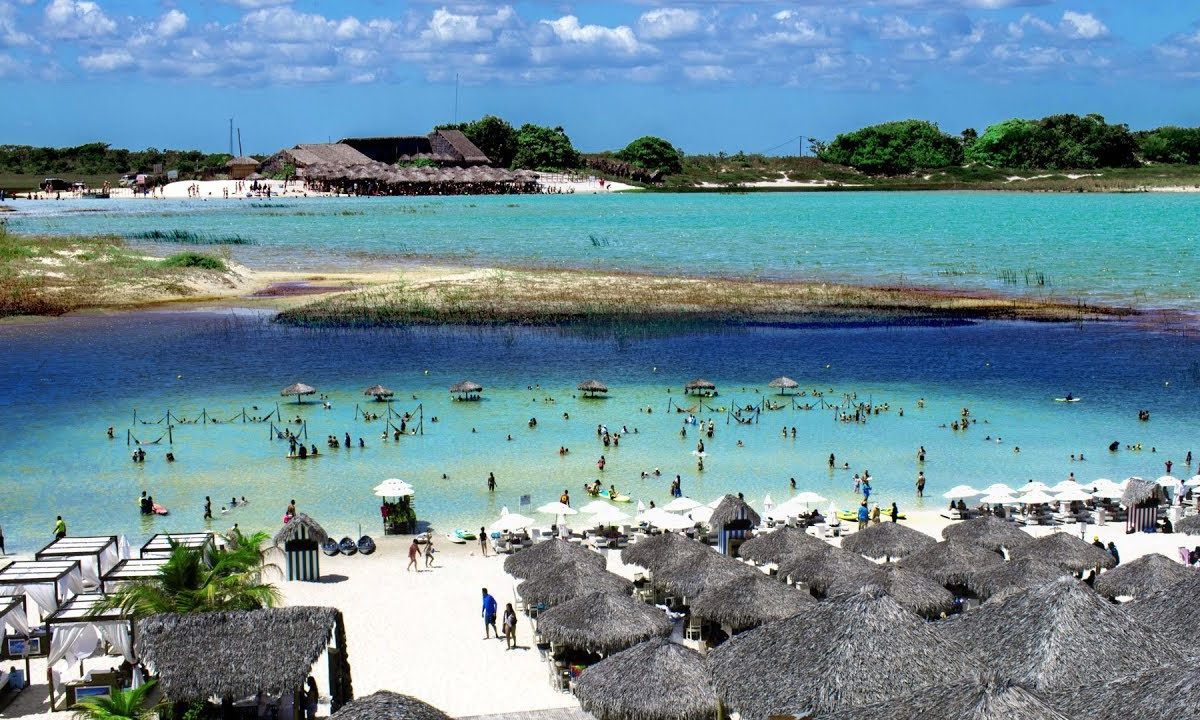
Jericoacoara, often referred to as “Jeri,” is a laid-back beach town located in the state of Ceará. Known for its stunning sand dunes, crystal-clear lagoons, and vibrant nightlife, Jericoacoara is one of the best holiday destinations in Brazil. This hidden paradise offers a perfect blend of relaxation and adventure, making it a must-visit for beach lovers and outdoor enthusiasts.
- Stunning Sand Dunes: Features impressive sand dunes that offer breathtaking views and opportunities for sandboarding.
- Crystal-Clear Lagoons: Home to beautiful lagoons like Lagoa do Paraíso and Lagoa Azul.
- Vibrant Nightlife: Offers a lively nightlife scene with beach bars, live music, and dance parties.
- Water Sports: Popular destination for windsurfing, kitesurfing, and paddleboarding.
- Scenic Landscapes: Surrounded by lush vegetation, pristine beaches, and dramatic rock formations.
- Relax on Jericoacoara Beach: Spend a day sunbathing, swimming, and enjoying the beachside cafes and bars.
- Visit the Pedra Furada: Hike to this iconic rock formation with a natural arch and enjoy the stunning views.
- Swim in Lagoa do Paraíso: Relax in the crystal-clear waters of this beautiful lagoon and enjoy the hammocks and beach bars.
- Go Sandboarding on the Dunes: Experience the thrill of sandboarding down the impressive sand dunes.
- Take a Sunset Dune Tour: Watch the sunset from the top of the sand dunes and enjoy the breathtaking views.
- Windsurfing and Kitesurfing: Take advantage of the strong winds and perfect conditions for windsurfing and kitesurfing.
- Explore the Mangroves: Take a boat tour through the mangroves and see the diverse wildlife.
- Enjoy the Nightlife: Experience the vibrant nightlife with beach parties, live music, and dance clubs.
- How to Reach: Fly into Jericoacoara Airport (JJD) or Pinto Martins International Airport (FOR) in Fortaleza, then take a bus or 4×4 transfer to Jericoacoara (approximately 4-5 hours).
- Local Transportation: The town is best explored on foot due to its sandy streets. Buggies and 4×4 vehicles are also available for exploring the surrounding areas.
- Accommodation: Choose from beachfront hotels, guesthouses, and eco-lodges that offer comfortable accommodations and stunning views.
- Local Cuisine: Try local dishes like peixe grelhado (grilled fish), camarão na moranga (shrimp in a pumpkin), and tapioca pancakes.
- Best Time to Visit: The best time to visit Jericoacoara is from July to December, during the dry season, when the weather is ideal for beach activities and water sports.
- Additional Travel Tips: Bring cash, as some places may not accept credit cards. Pack light, breathable clothing and plenty of sunscreen.
13. Lençóis Maranhenses National Park
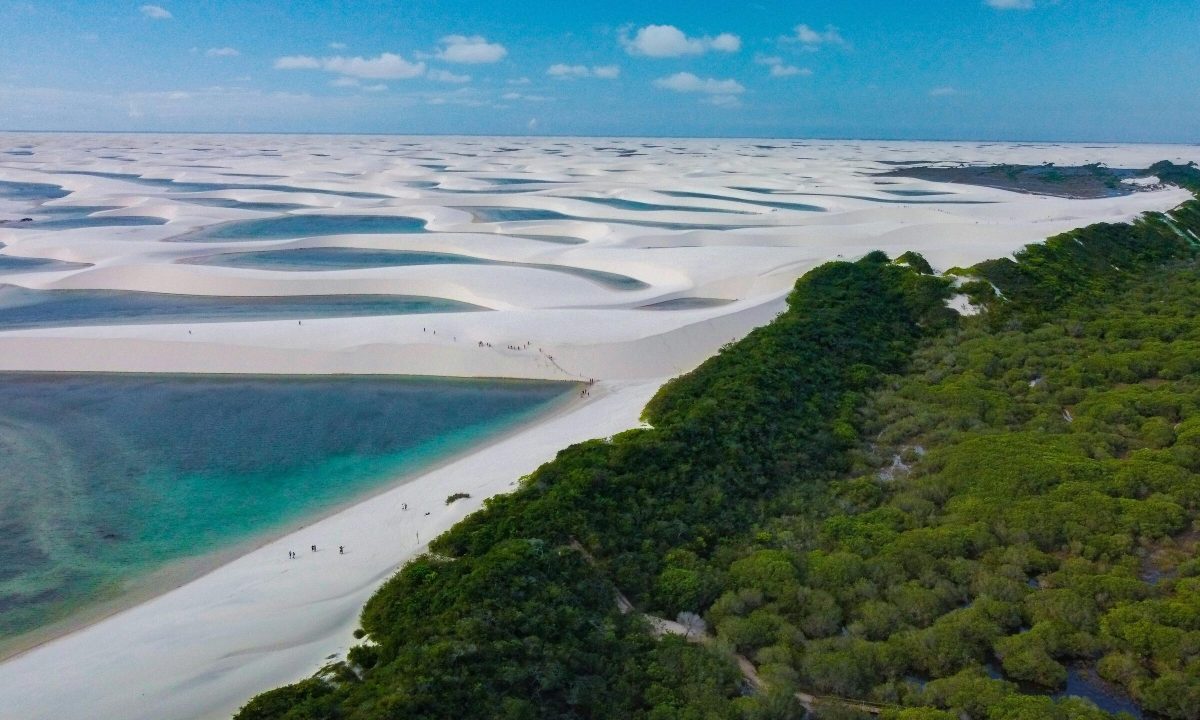
Lençóis Maranhenses National Park, located in the state of Maranhão, is a unique and breathtaking destination known for its vast sand dunes and crystal-clear lagoons. This otherworldly landscape offers a surreal and unforgettable experience, making it one of the most amazing places to visit in Brazil. The park is a paradise for photographers, nature lovers, and adventure seekers.
- Vast Sand Dunes: Features an extensive network of white sand dunes that stretch as far as the eye can see.
- Crystal-Clear Lagoons: Home to numerous freshwater lagoons that form between the dunes during the rainy season.
- Unique Ecosystem: Offers a unique and diverse ecosystem with a variety of plant and animal life.
- Adventure Activities: Opportunities for hiking, dune buggy tours, and swimming in the lagoons.
- Scenic Landscapes: Provides stunning and surreal landscapes that are perfect for photography.
- Explore the Sand Dunes: Hike through the vast sand dunes and enjoy the breathtaking views.
- Swim in the Lagoons: Take a refreshing swim in the crystal-clear lagoons that form between the dunes.
- Take a Dune Buggy Tour: Experience the thrill of riding a dune buggy through the park’s dramatic landscapes.
- Visit Lagoa Azul and Lagoa Bonita: Discover two of the most beautiful and popular lagoons in the park.
- Watch the Sunset: Enjoy a stunning sunset over the sand dunes and lagoons.
- Photograph the Landscapes: Capture the surreal beauty of the park’s unique landscapes.
- Kayak in the Lagoons: Explore the lagoons by kayak and enjoy the serene surroundings.
- Visit the Village of Atins: Explore this charming village located at the edge of the park and enjoy its laid-back atmosphere.
- How to Reach: Fly into Marechal Cunha Machado International Airport (SLZ) in São Luís, then take a bus or drive to Barreirinhas (approximately 4 hours), the gateway to the park.
- Local Transportation: The park is best explored with guided tours, which often include transportation by 4×4 vehicles or dune buggies.
- Accommodation: Stay in eco-lodges, guesthouses, and boutique hotels in Barreirinhas or Atins that offer comfortable accommodations and easy access to the park.
- Local Cuisine: Enjoy traditional dishes like arroz de cuxá (rice with a local herb), peixe frito (fried fish), and tapioca pancakes.
- Best Time to Visit: The best time to visit Lençóis Maranhenses is from June to September, during the dry season, when the lagoons are full and the weather is ideal for exploring.
- Additional Travel Tips: Bring plenty of water, sunscreen, and a hat for protection from the sun. Wear comfortable walking shoes for hiking in the sand.
14. Ilha Grande
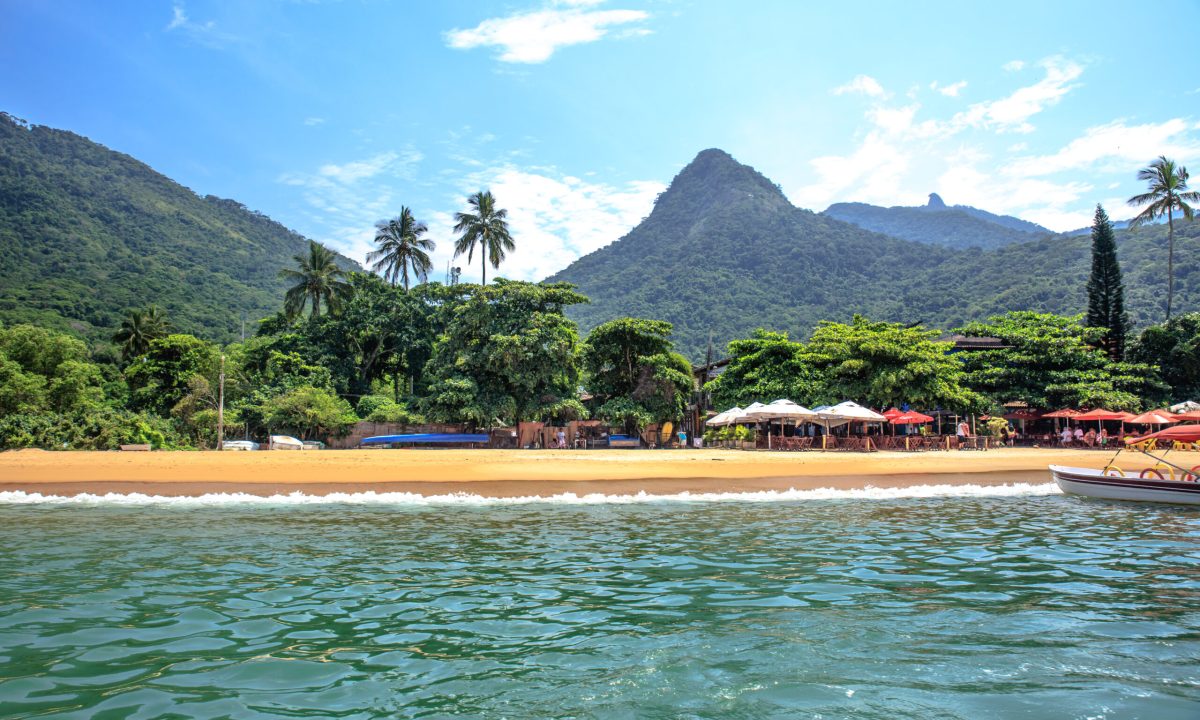
Ilha Grande, an island located off the coast of Rio de Janeiro, is a tropical paradise known for its pristine beaches, lush rainforests, and crystal-clear waters. With no cars allowed on the island, Ilha Grande offers a peaceful and unspoiled escape from the hustle and bustle of city life. This idyllic island is one of the best places to visit in Brazil for those seeking relaxation and natural beauty.
- Pristine Beaches: Home to some of the most beautiful beaches in Brazil, including Lopes Mendes and Praia do Aventureiro.
- Lush Rainforests: Features dense rainforests with diverse flora and fauna.
- Crystal-Clear Waters: Offers excellent opportunities for snorkeling and diving with vibrant marine life.
- Car-Free Environment: No cars are allowed on the island, creating a peaceful and unspoiled atmosphere.
- Scenic Hiking Trails: Provides numerous hiking trails that lead to stunning viewpoints and hidden beaches.
- Relax on Lopes Mendes Beach: Spend a day on this stunning beach known for its soft white sand and clear waters.
- Hike to Pico do Papagaio: Enjoy a challenging hike to the island’s highest peak and take in the panoramic views.
- Snorkel at Lagoa Azul: Explore the vibrant underwater world in this beautiful lagoon.
- Visit the Vila do Abraão: Wander through the island’s main village and enjoy its charming shops, restaurants, and cafes.
- Explore the Cachoeira da Feiticeira: Hike to this picturesque waterfall and enjoy a refreshing swim in the natural pool.
- Take a Boat Tour: Discover the island’s hidden beaches and coves with a guided boat tour.
- Dive at Ilha Grande Bay: Experience some of the best diving spots in Brazil with diverse marine life and underwater caves.
- Kayak Around the Island: Rent a kayak and explore the island’s coastline at your own pace.
- How to Reach: Fly into Rio de Janeiro–Galeão International Airport (GIG), then take a bus or drive to Angra dos Reis or Conceição de Jacareí, where you can catch a ferry to Ilha Grande (approximately 1-2 hours).
- Local Transportation: The island is best explored on foot or by boat, as no cars are allowed. Biking is also a popular option.
- Accommodation: Choose from beachfront hotels, guesthouses, and eco-lodges that offer comfortable accommodations and stunning views.
- Local Cuisine: Try local seafood dishes like moqueca (fish stew), camarão na moranga (shrimp in a pumpkin), and tapioca pancakes.
- Best Time to Visit: The best time to visit Ilha Grande is from April to October, during the dry season, when the weather is ideal for beach activities and outdoor adventures.
- Additional Travel Tips: Bring cash, as some places may not accept credit cards. Pack light, breathable clothing and plenty of sunscreen.
15. Recife and Olinda
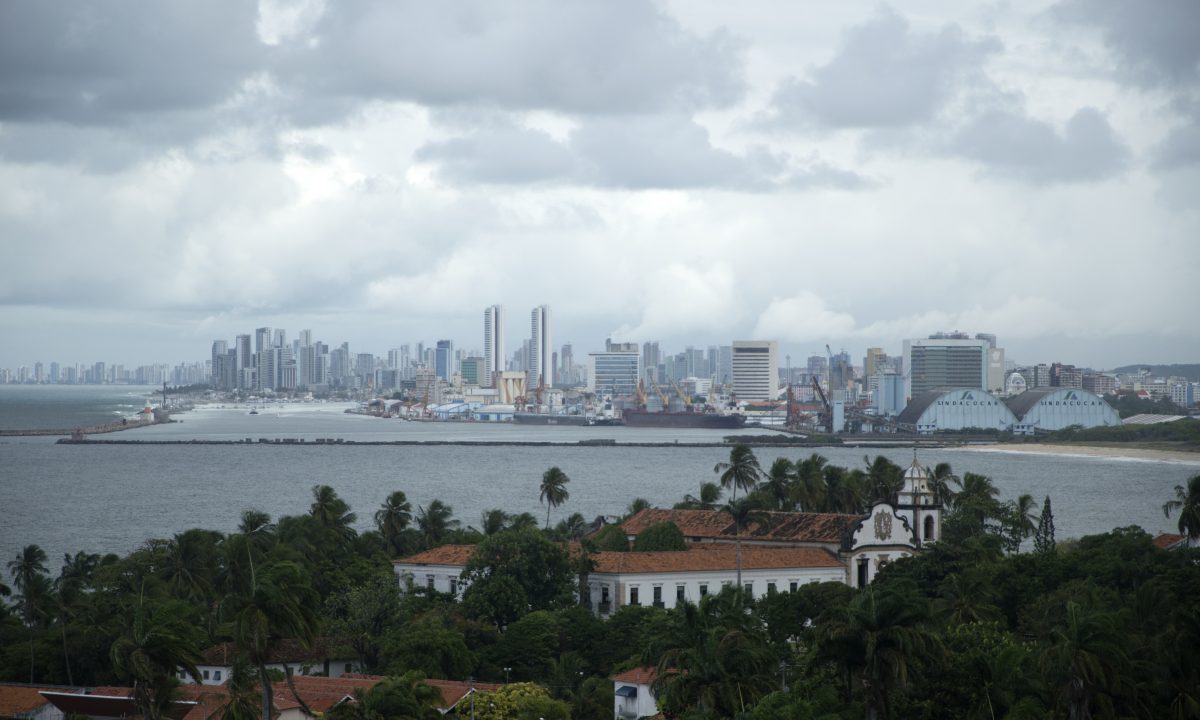
Recife and Olinda, two neighboring cities in the state of Pernambuco, offer a perfect blend of history, culture, and natural beauty. Recife, known as the “Venice of Brazil,” is famous for its vibrant culture, historic architecture, and beautiful beaches. Olinda, a UNESCO World Heritage Site, is renowned for its well-preserved colonial buildings and colorful festivals. Together, these cities are among the most popular travel destinations in Brazil.
- Historic Architecture: Home to beautifully preserved colonial buildings, churches, and mansions.
- Vibrant Culture: Known for their lively music, dance, and festivals, including the famous Carnival.
- Beautiful Beaches: Offers stunning beaches like Boa Viagem in Recife and natural pools in Porto de Galinhas.
- Cultural Institutions: Features numerous museums, art galleries, and cultural centers.
- Scenic Landscapes: Provides stunning views of the coastline and lush tropical vegetation.
- Explore the Historic Center of Olinda: Wander through the cobblestone streets, admire the colonial architecture, and visit the many historic buildings.
- Visit the Recife Antigo: Discover the historic district of Recife with its charming streets, cultural institutions, and vibrant nightlife.
- Relax on Boa Viagem Beach: Spend a day on this beautiful beach known for its clear waters and lively atmosphere.
- Attend the Olinda Carnival: Join the festivities, dance to the rhythm of frevo, and immerse yourself in the vibrant carnival atmosphere.
- Visit the Instituto Ricardo Brennand: Explore this impressive museum and cultural center with its extensive collection of art and historical artifacts.
- Take a Boat Tour of Recife’s Canals: Discover why Recife is known as the “Venice of Brazil” with a scenic boat tour of its canals and waterways.
- Explore the Convento de São Francisco: Visit this historic convent and admire its stunning baroque architecture and artwork.
- Discover the Natural Pools of Porto de Galinhas: Take a day trip to this nearby beach town and enjoy the crystal-clear natural pools.
- How to Reach: Fly into Recife/Guararapes–Gilberto Freyre International Airport (REC), which is well-connected to major cities in Brazil and internationally.
- Local Transportation: The cities offer buses, taxis, and ride-sharing services for getting around. Walking is also a great way to explore the historic centers.
- Accommodation: Choose from a variety of hotels, guesthouses, and boutique inns that offer comfortable accommodations and easy access to the attractions.
- Local Cuisine: Enjoy traditional dishes like bolo de rolo (rolled cake), carne de sol (sun-dried beef), and tapioca pancakes.
- Best Time to Visit: The best time to visit Recife and Olinda is from September to March, during the dry season, when the weather is ideal for exploring and enjoying the beaches.
- Additional Travel Tips: Wear comfortable walking shoes for exploring the historic centers. Be mindful of safety, especially in crowded areas, and stay in well-known neighborhoods.
